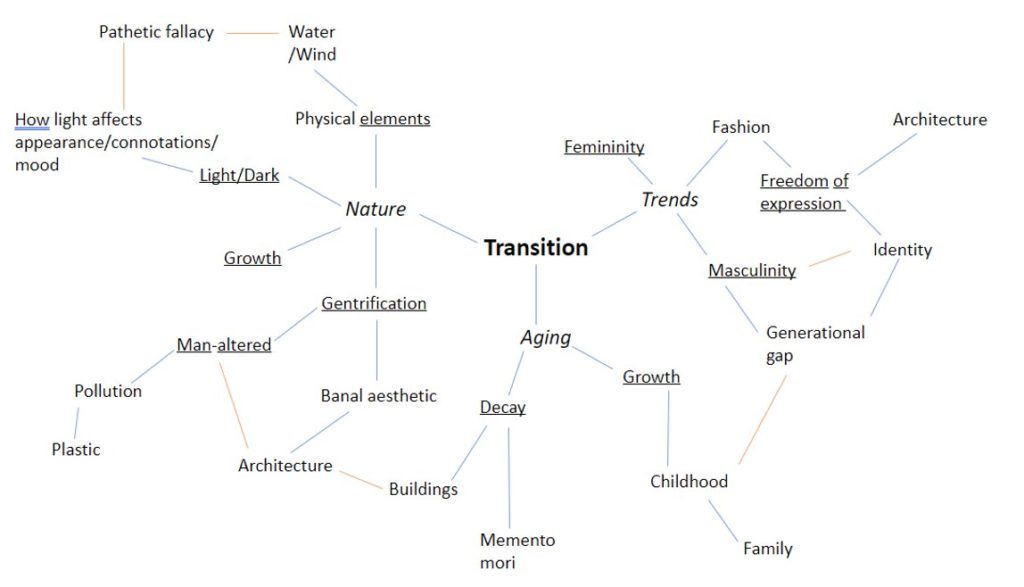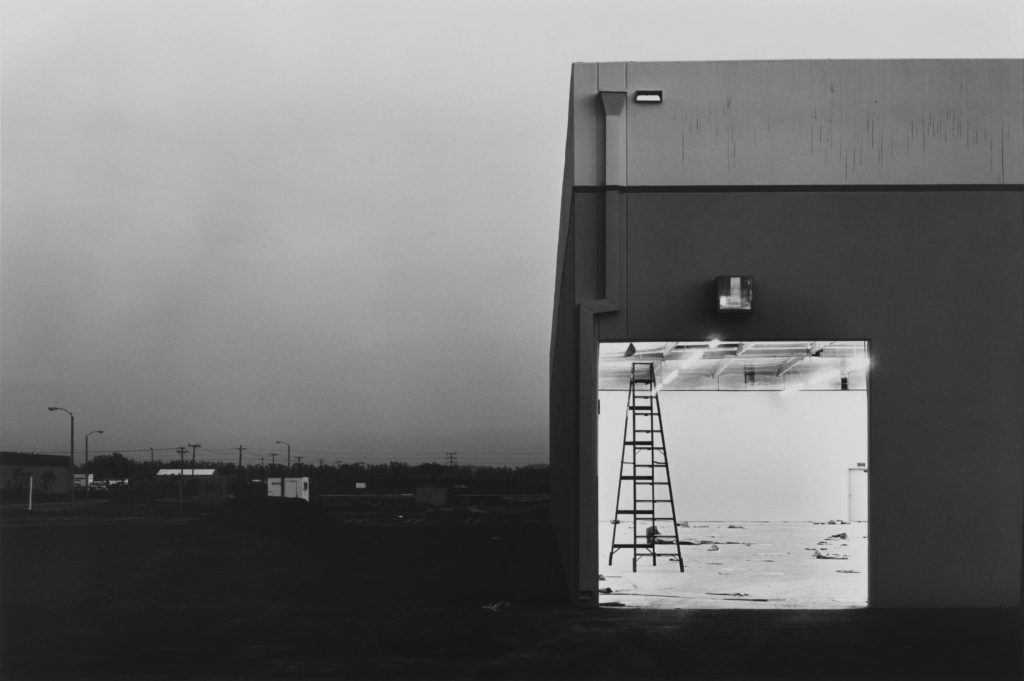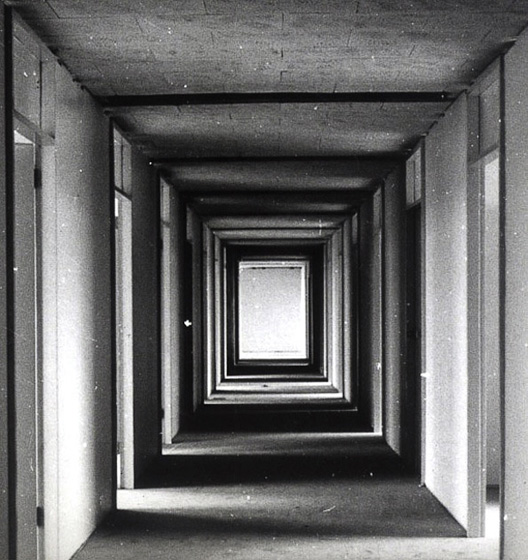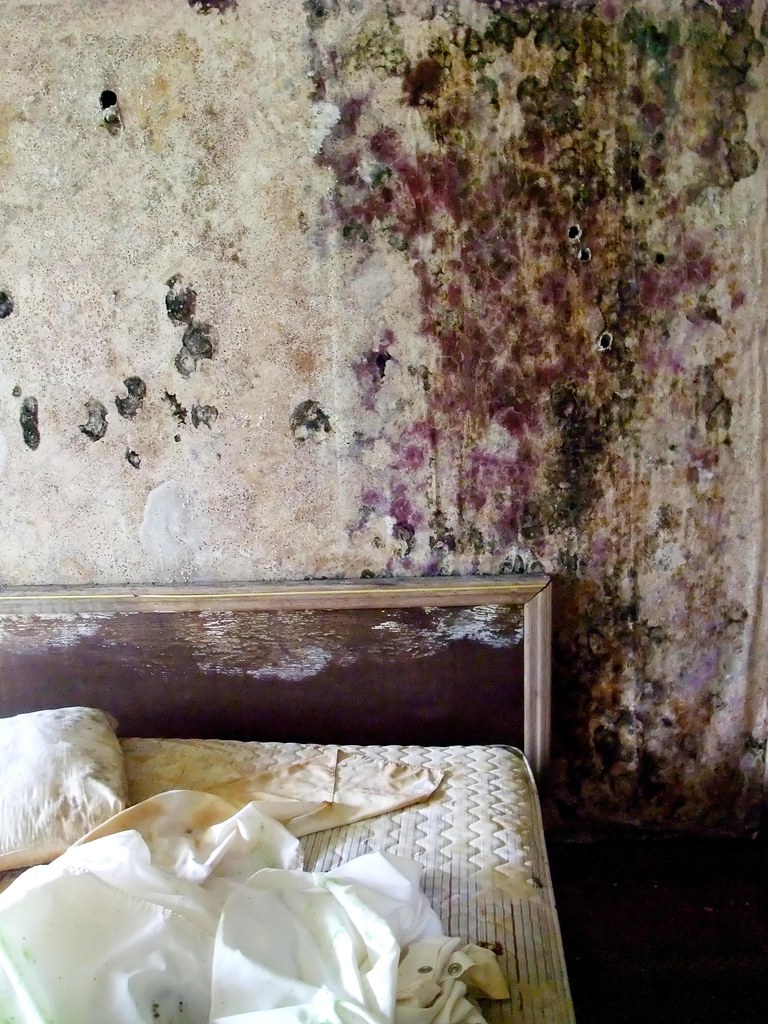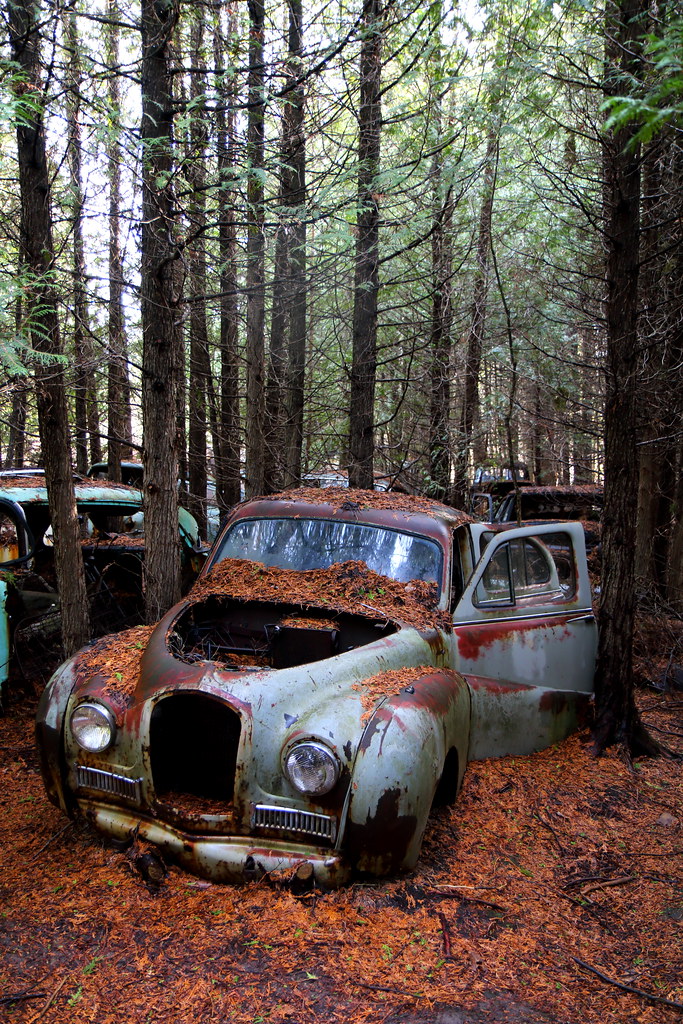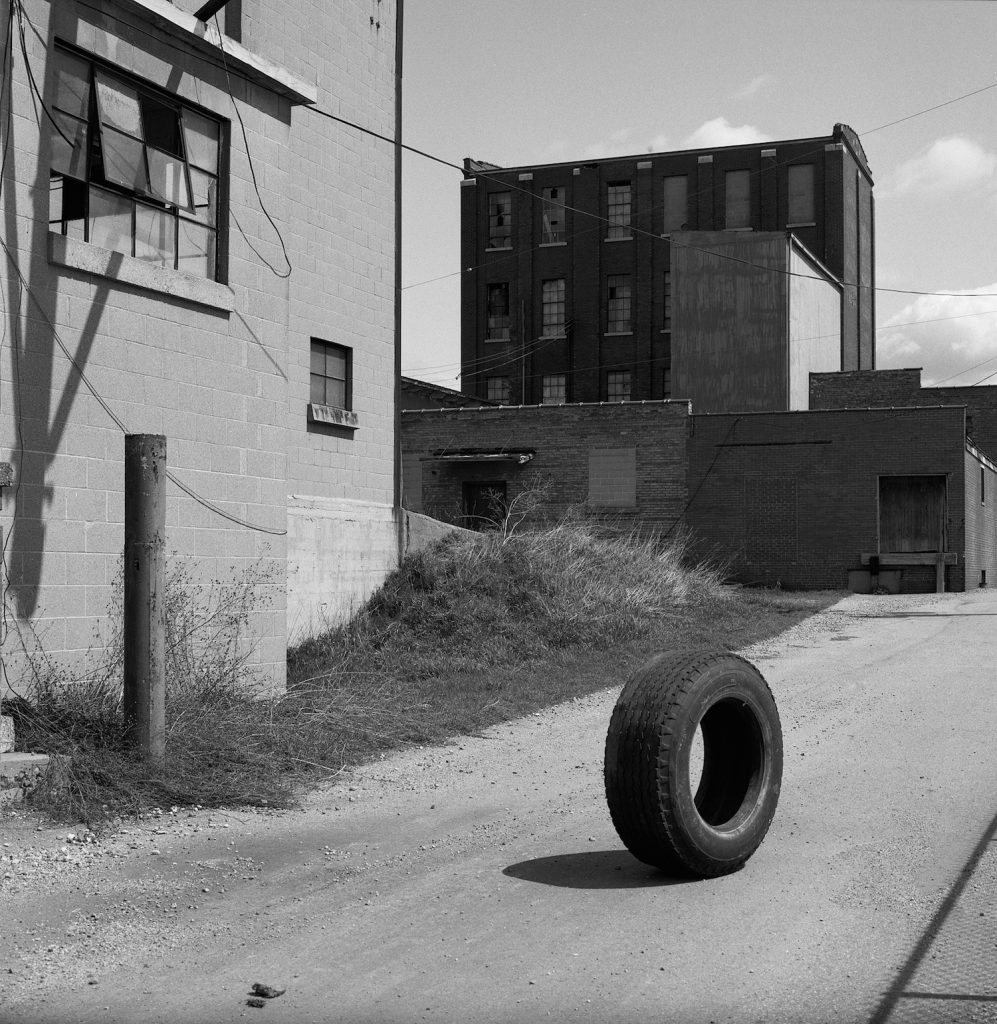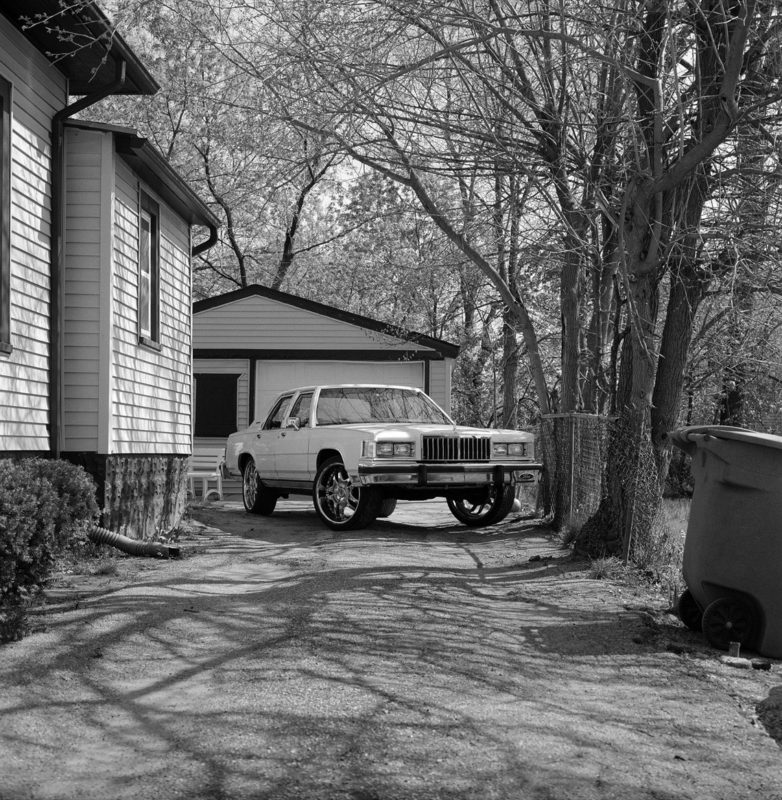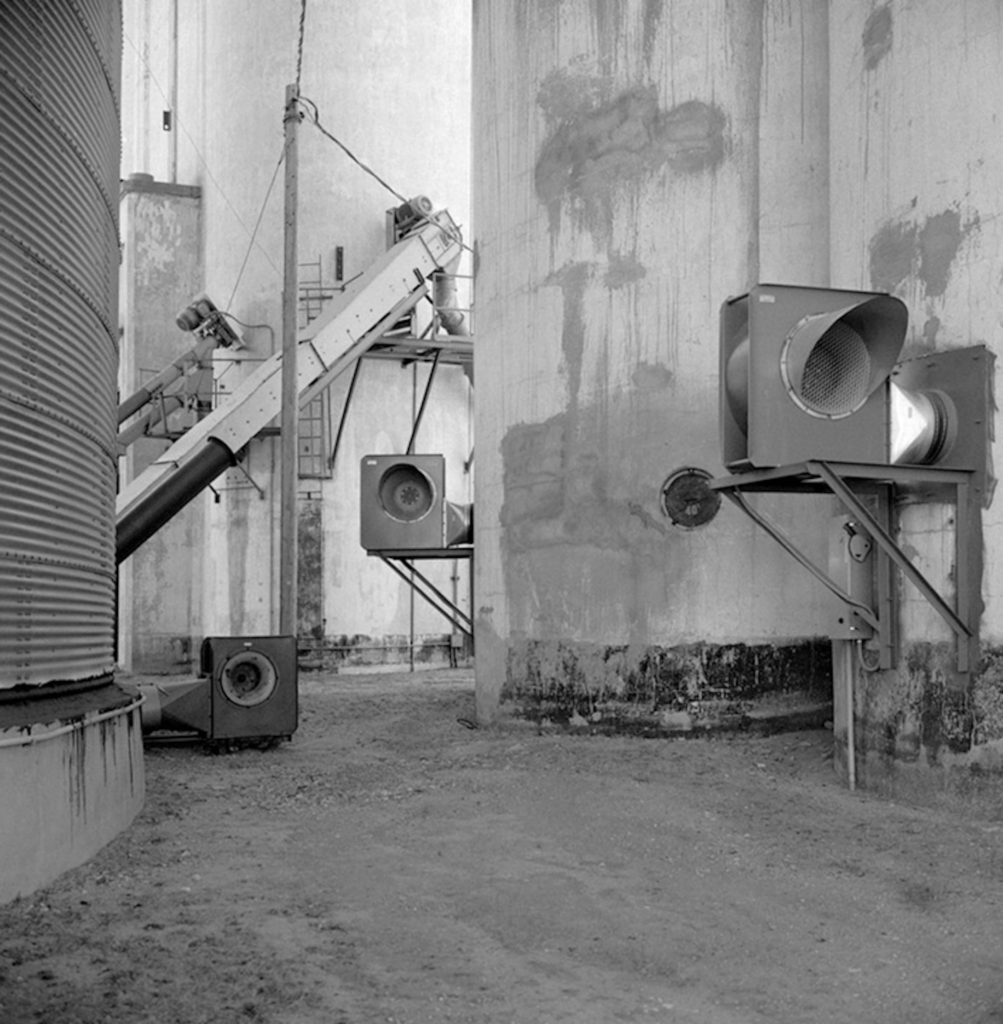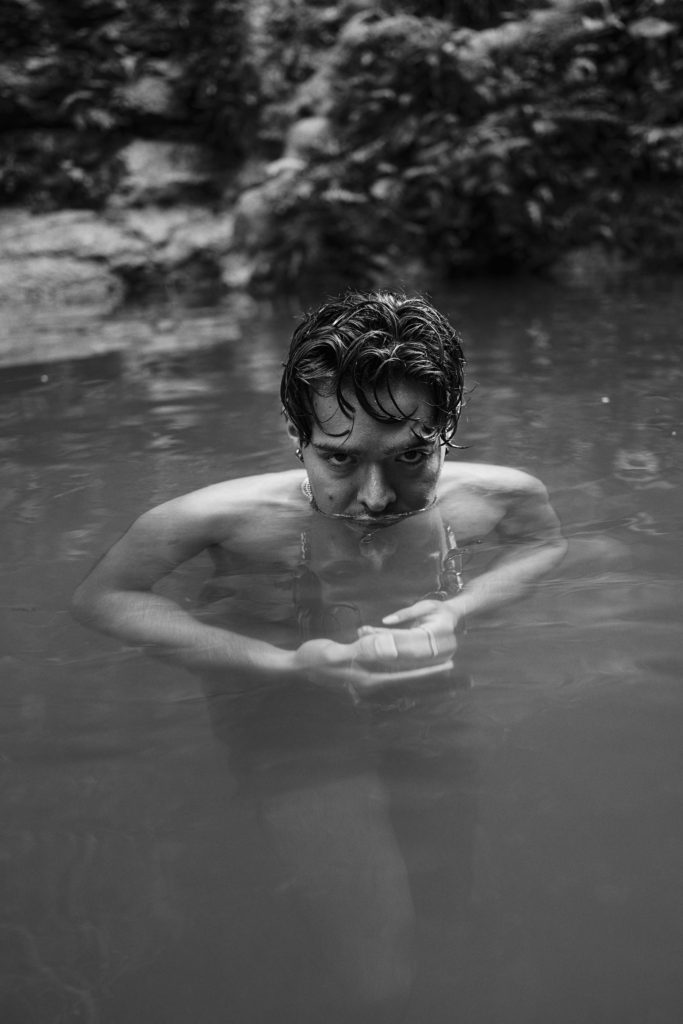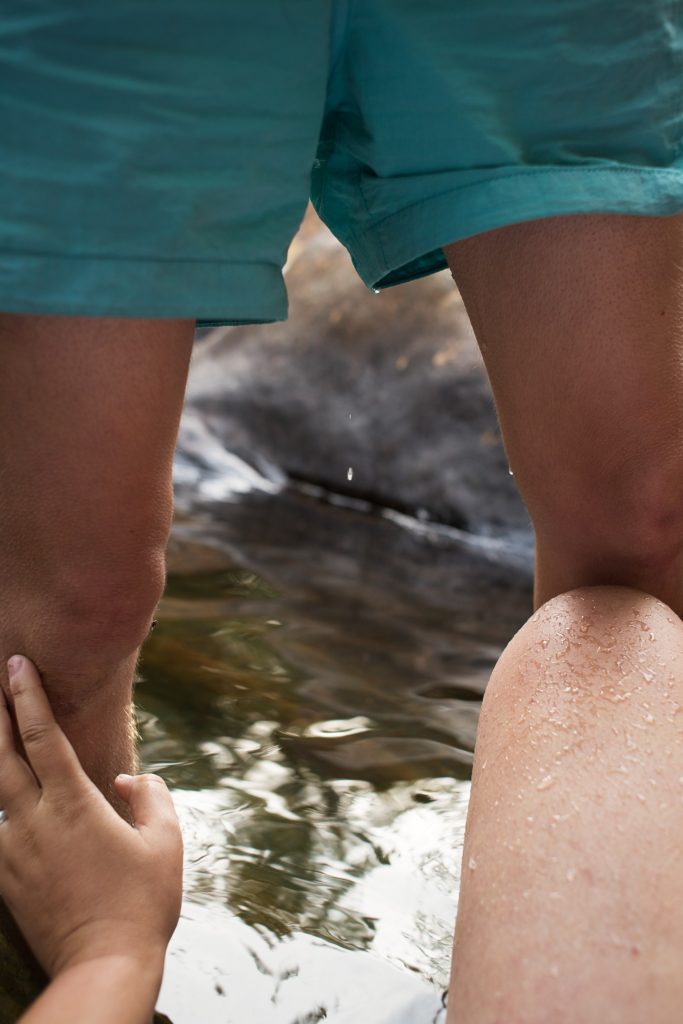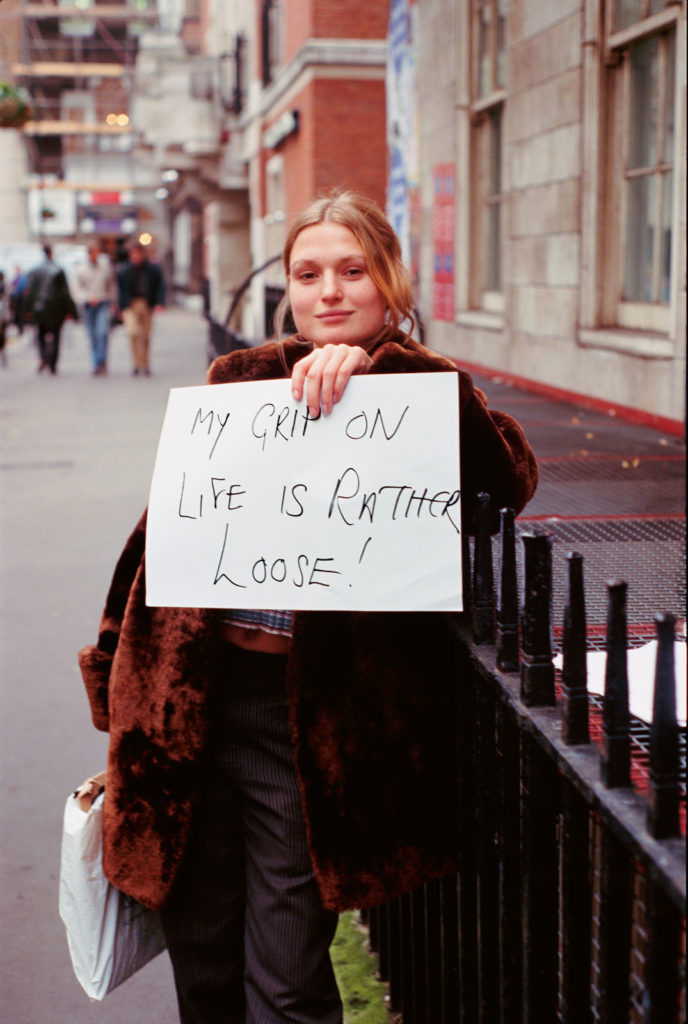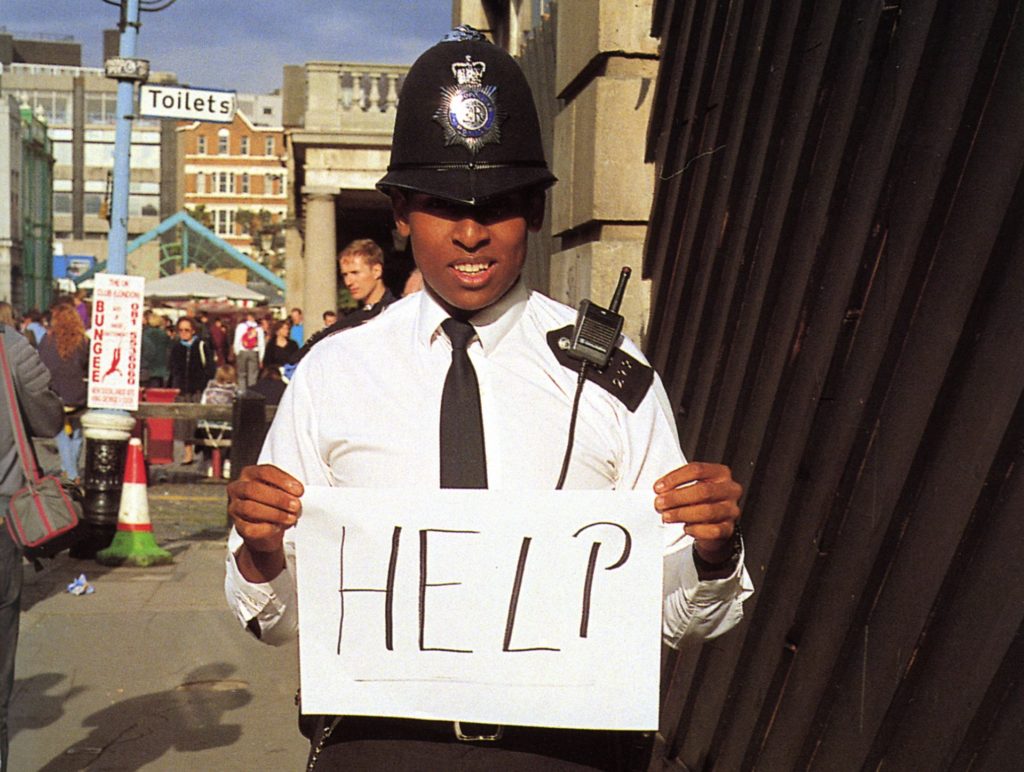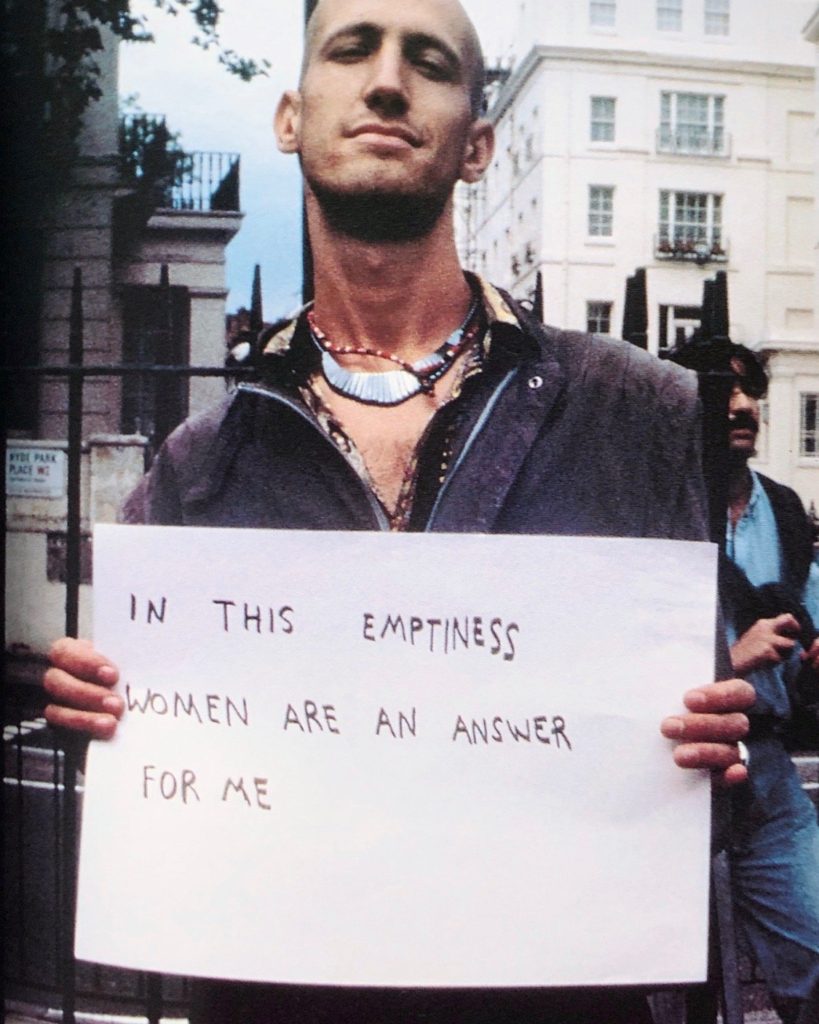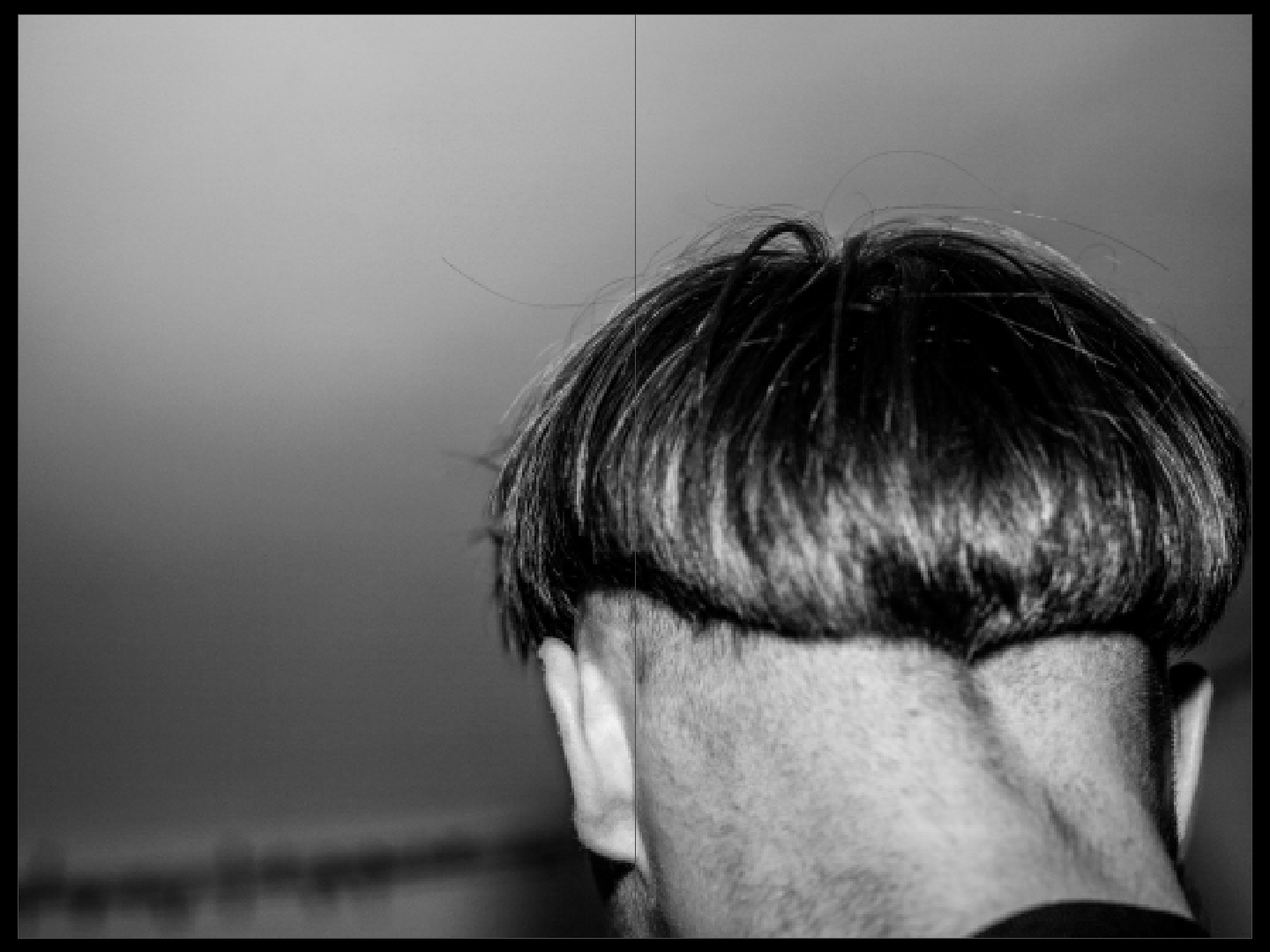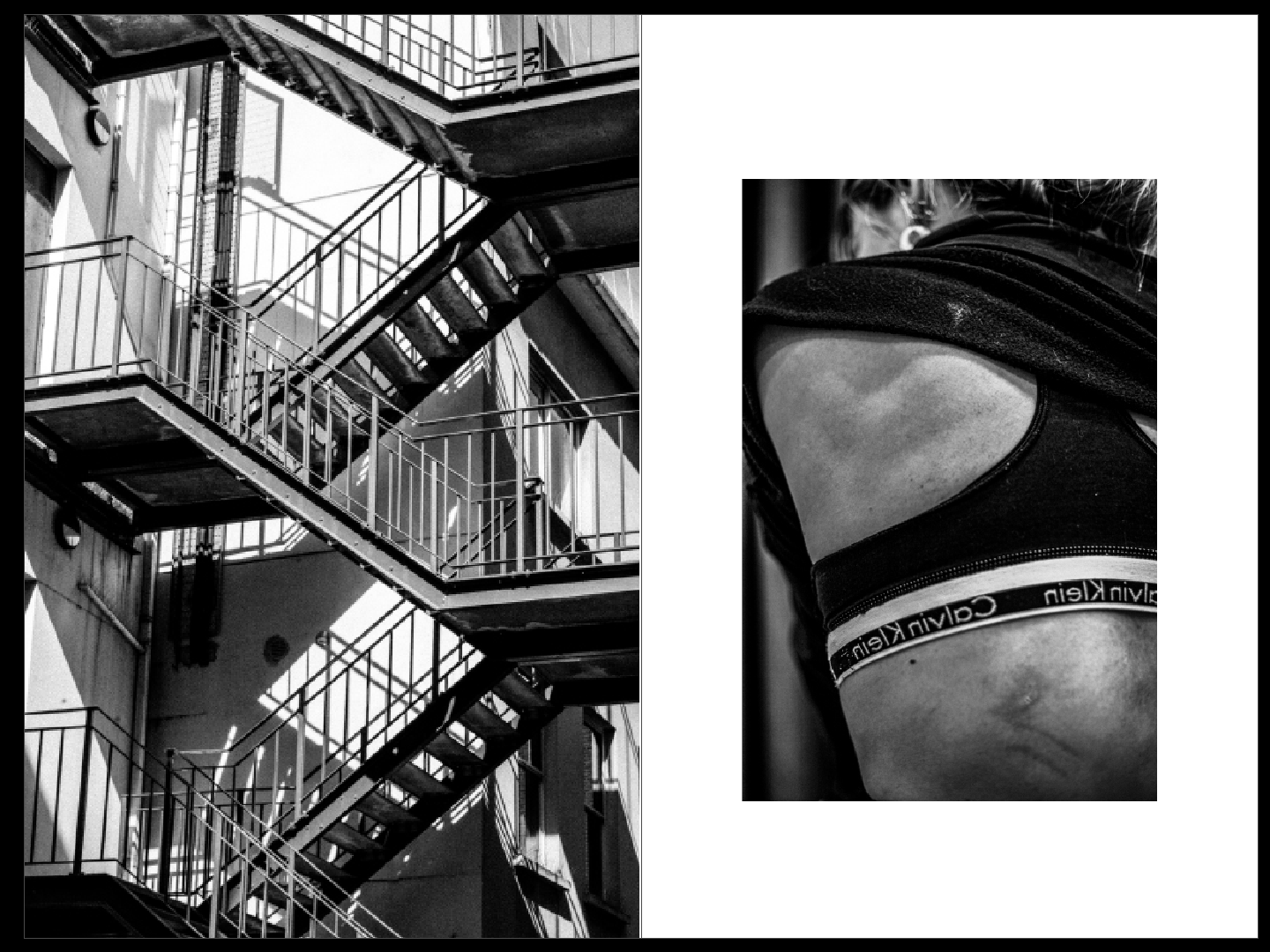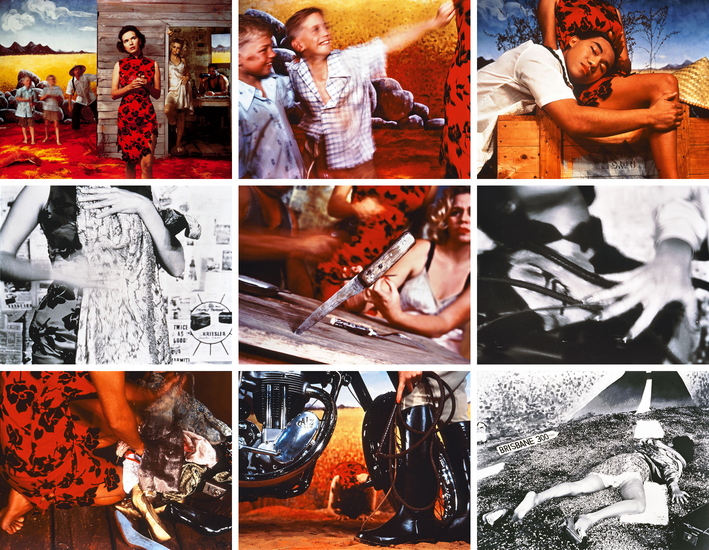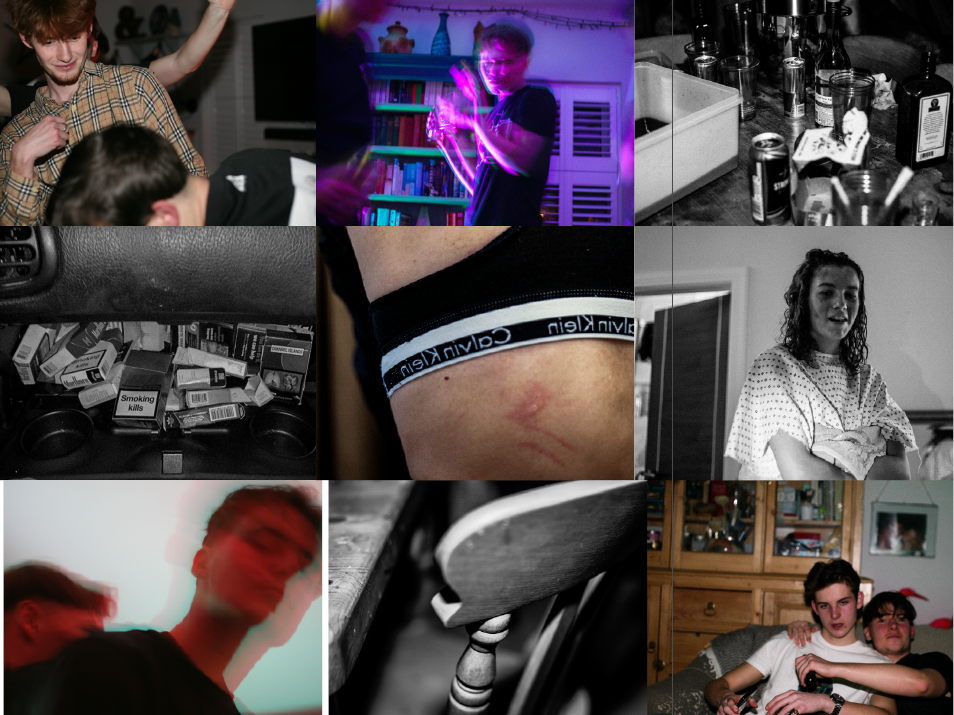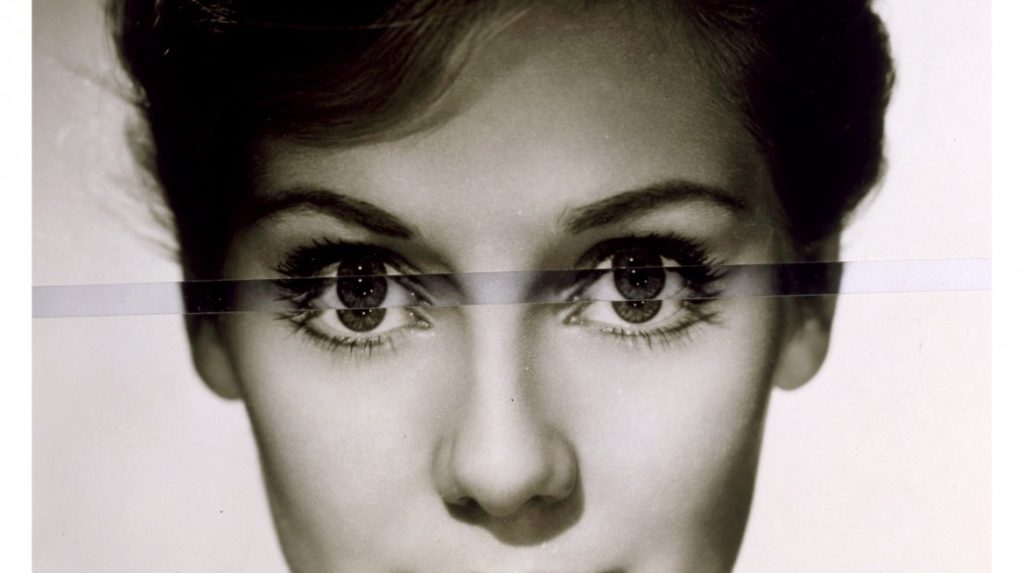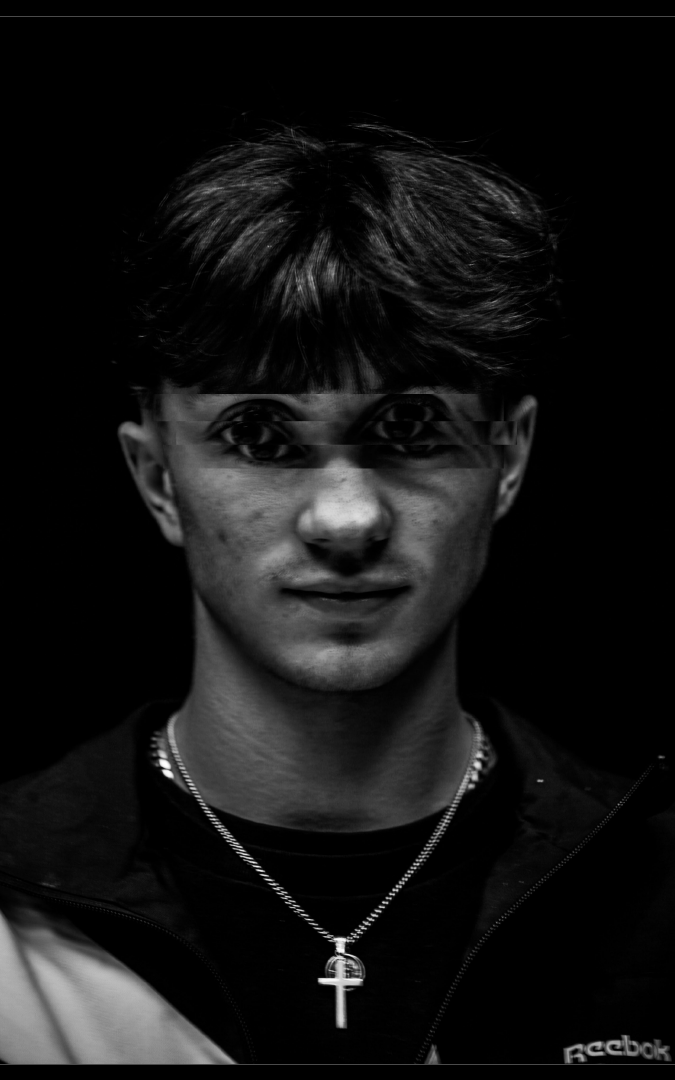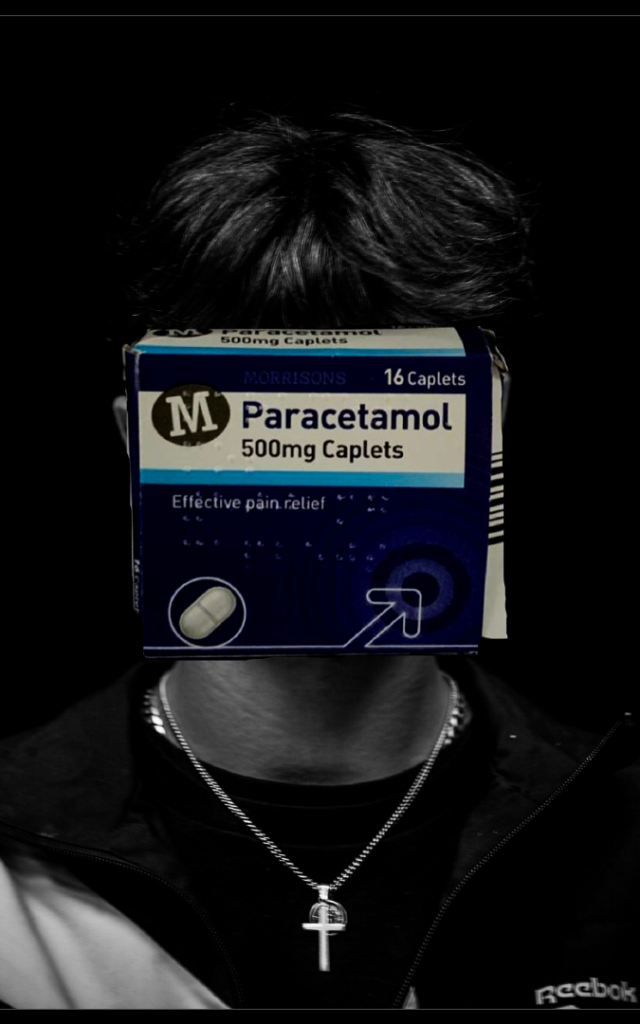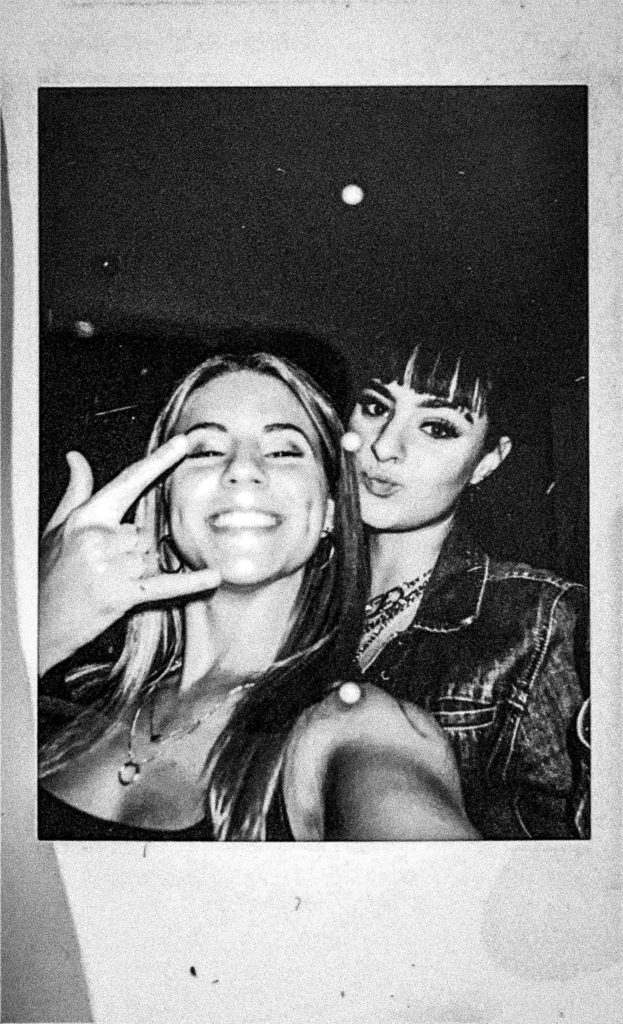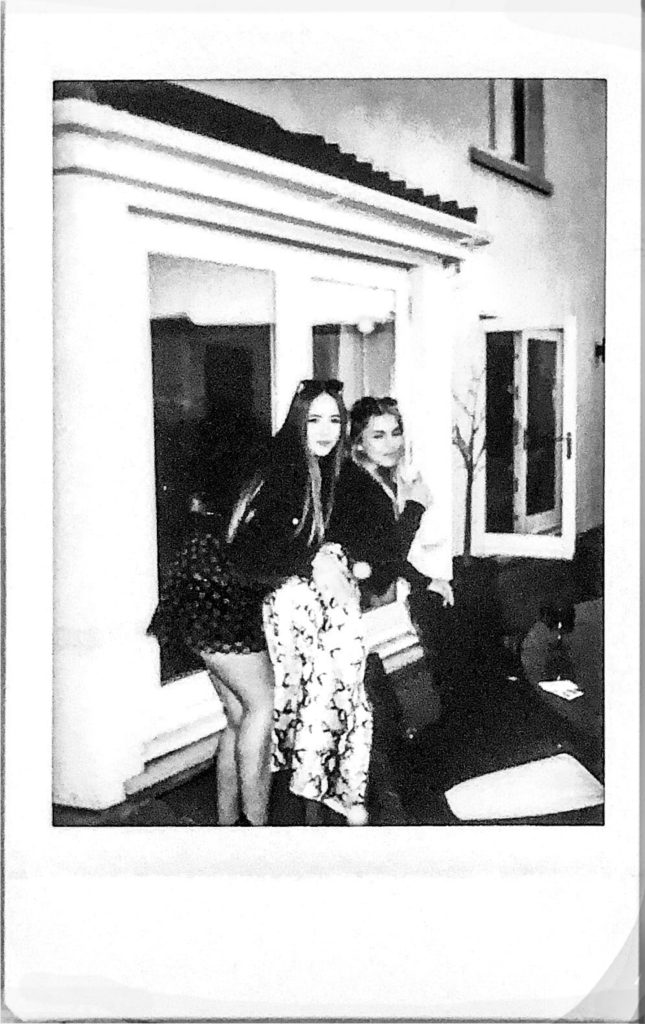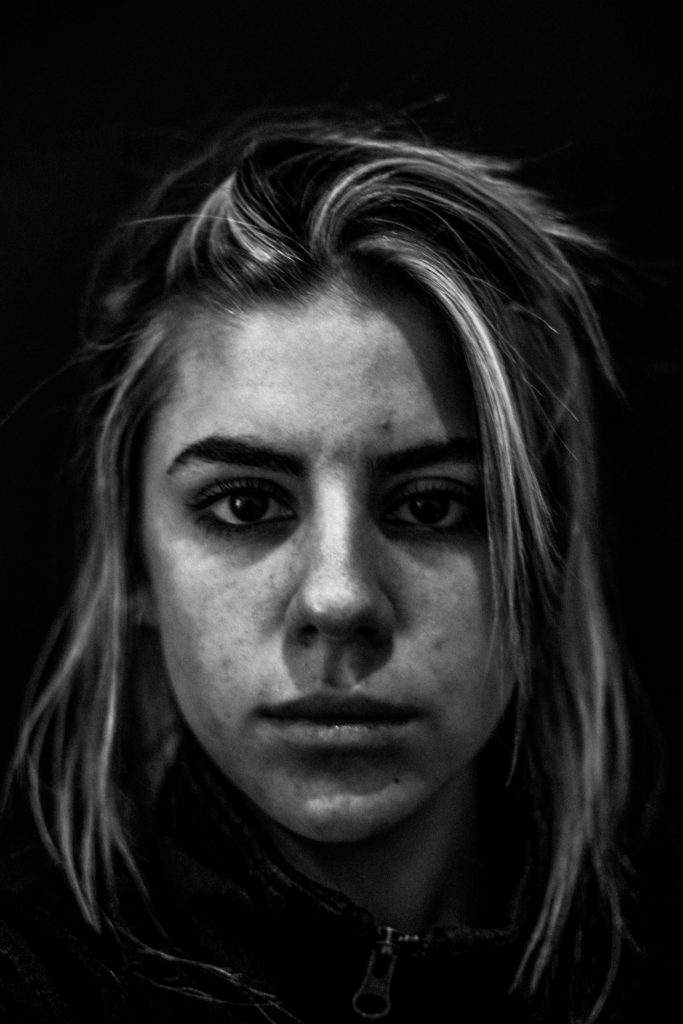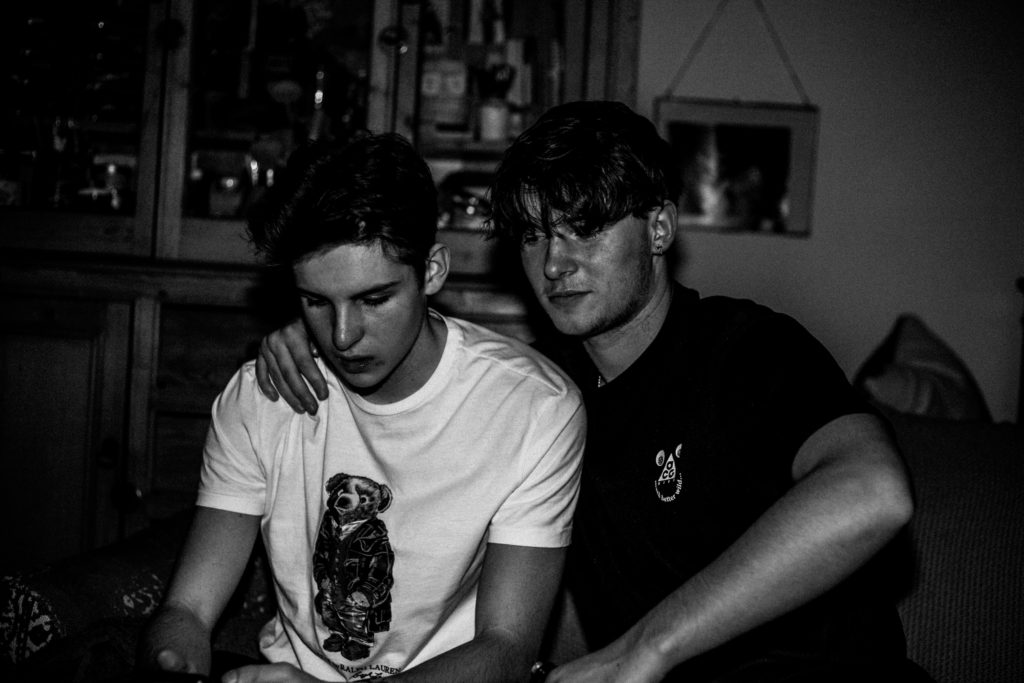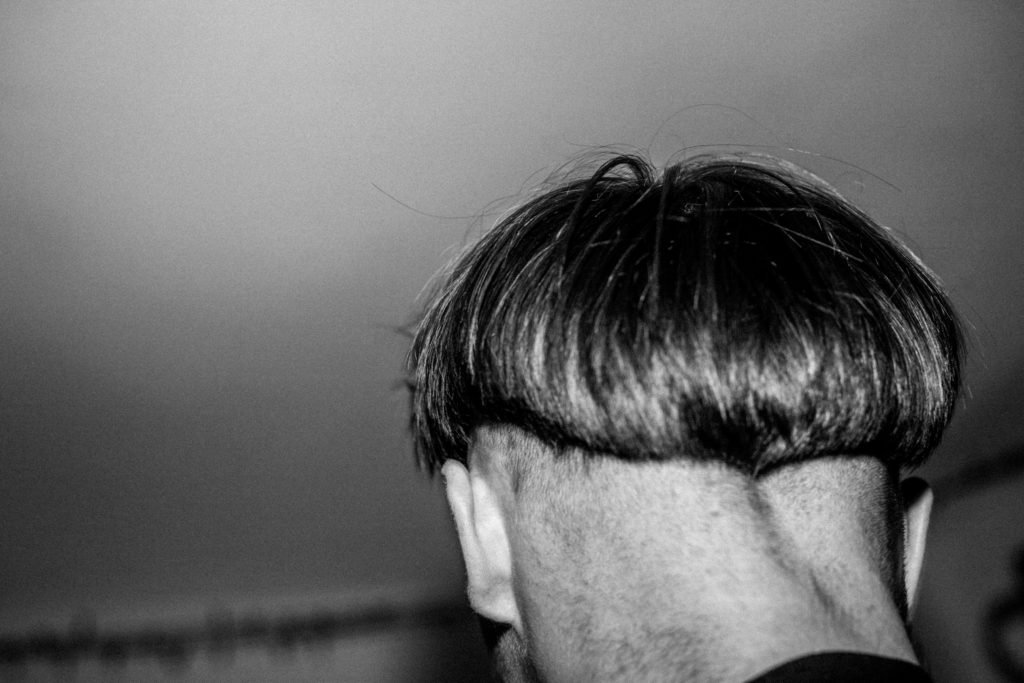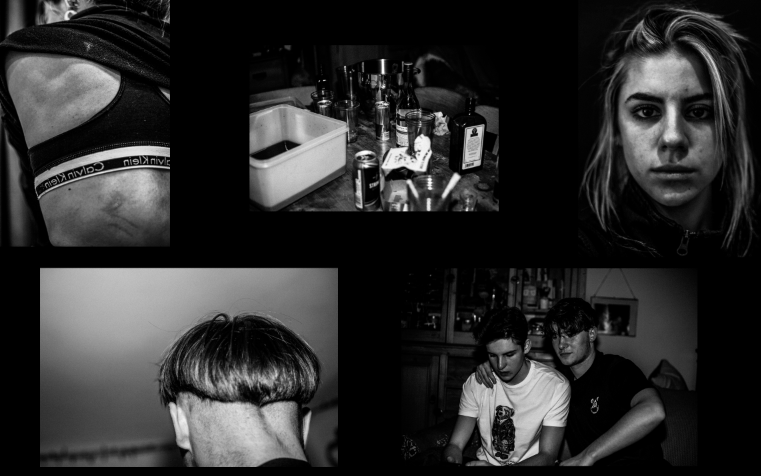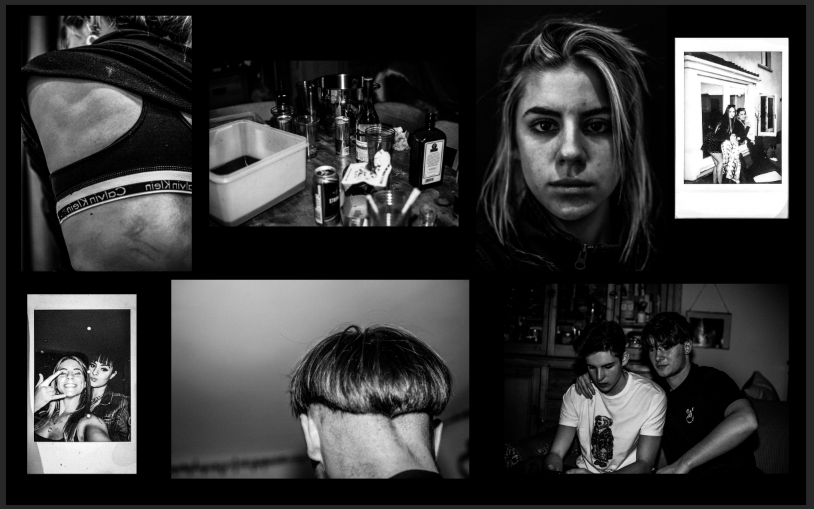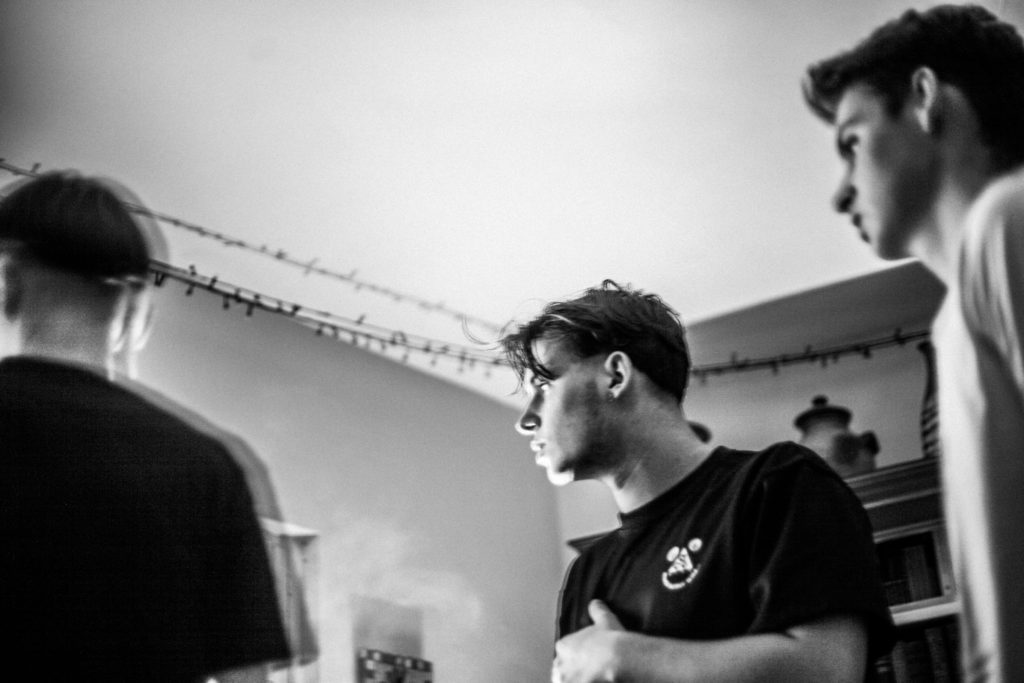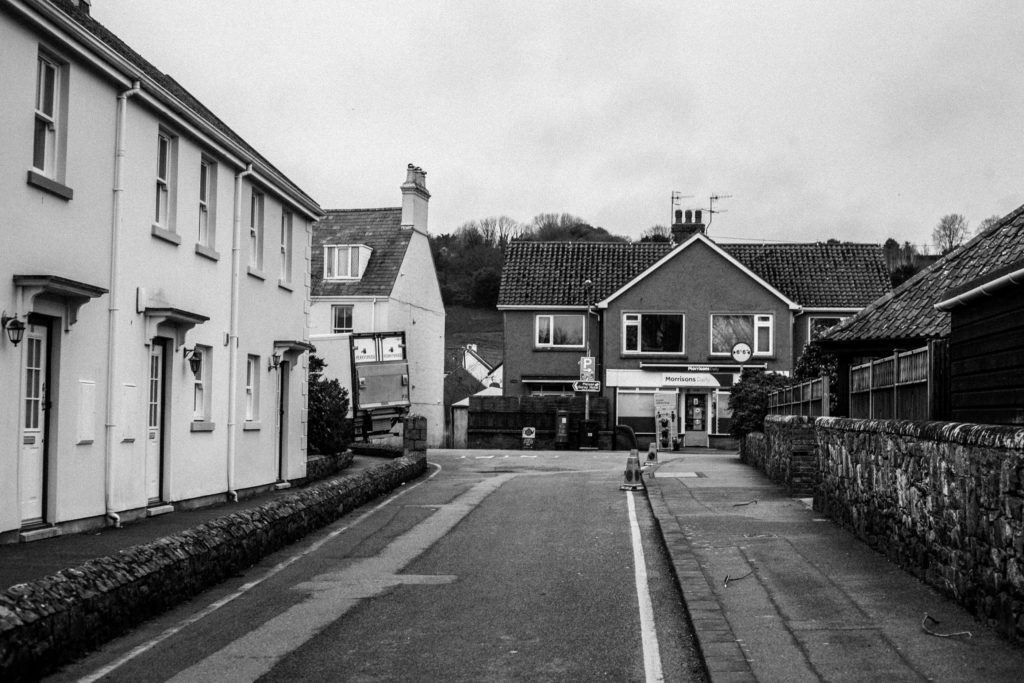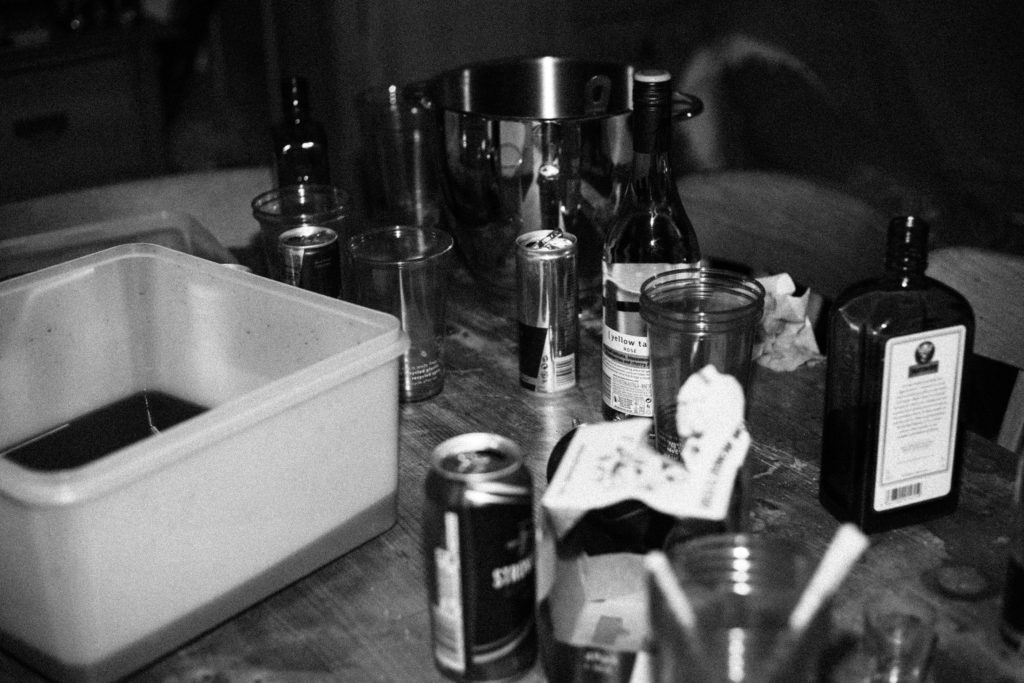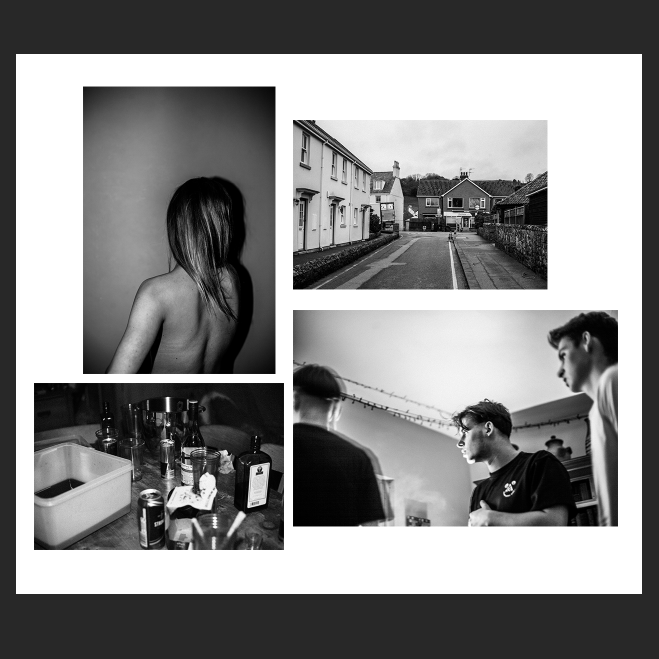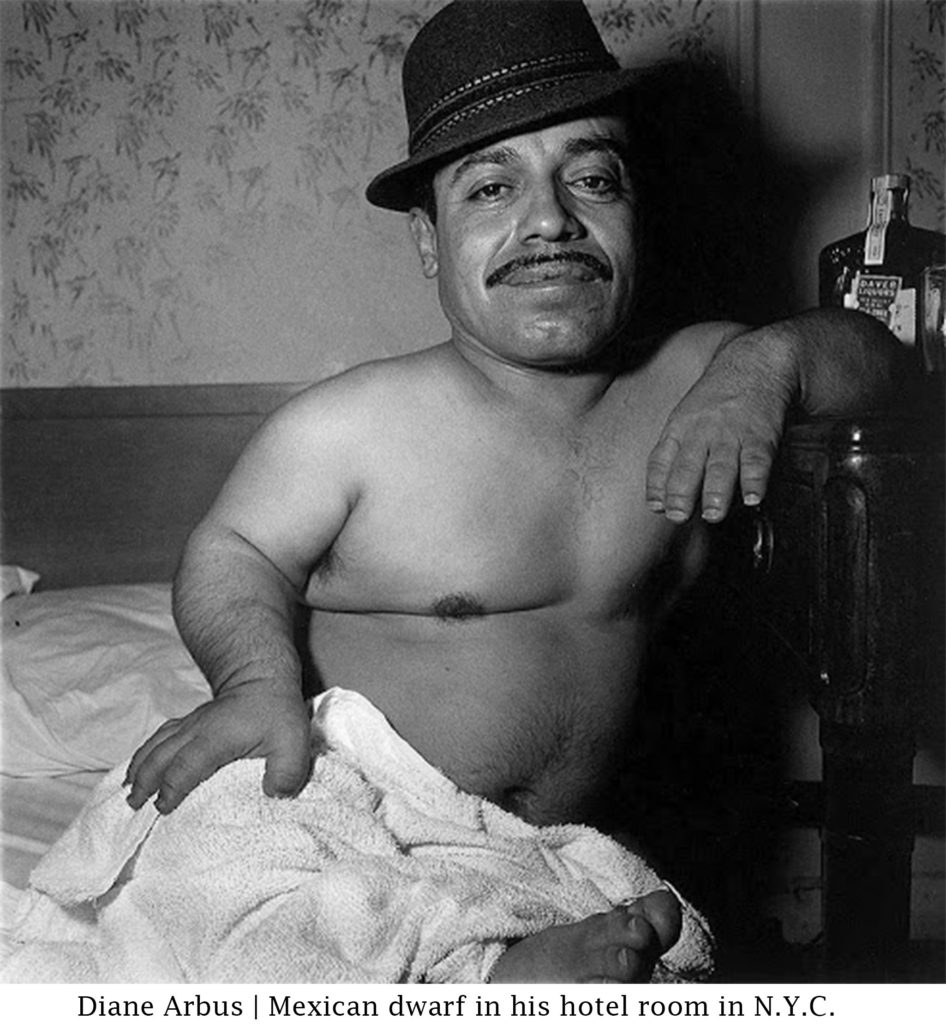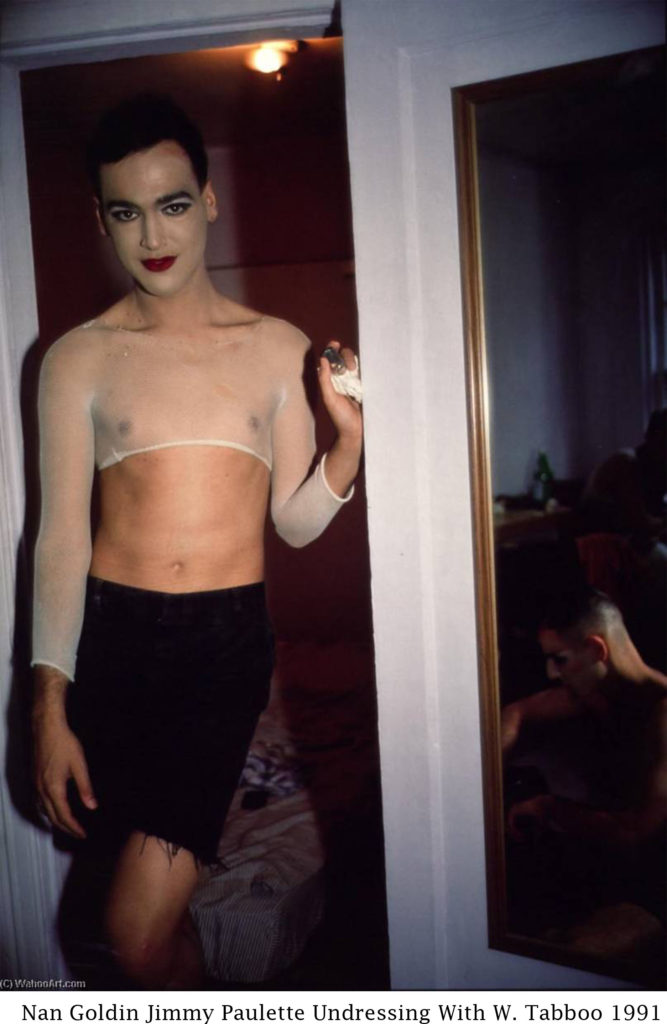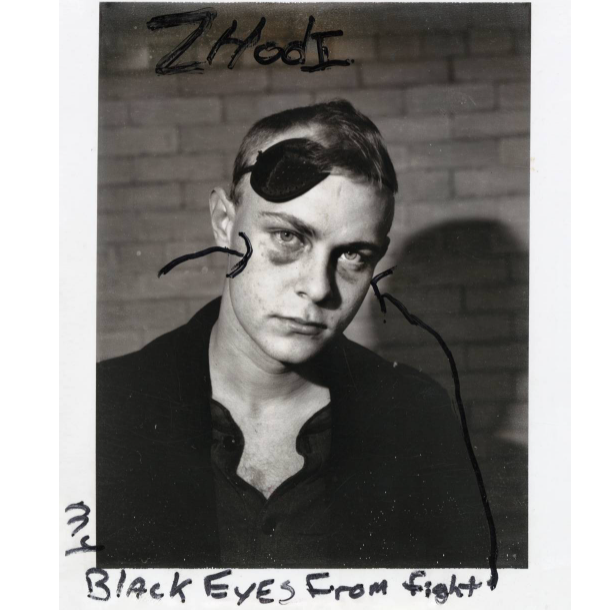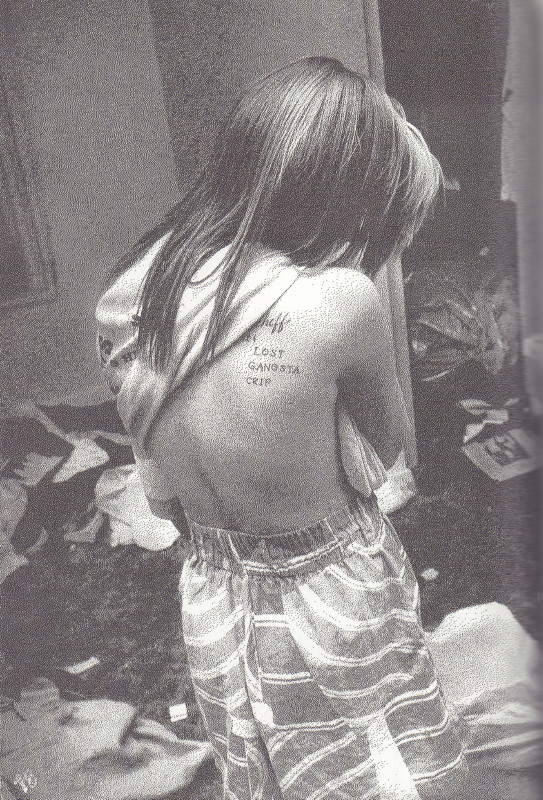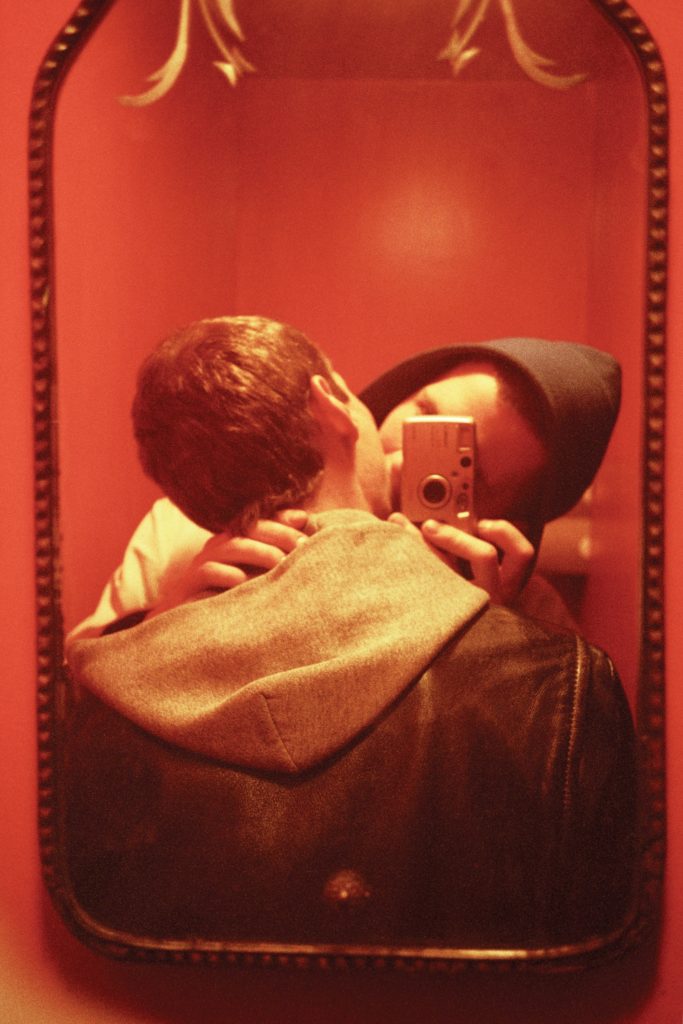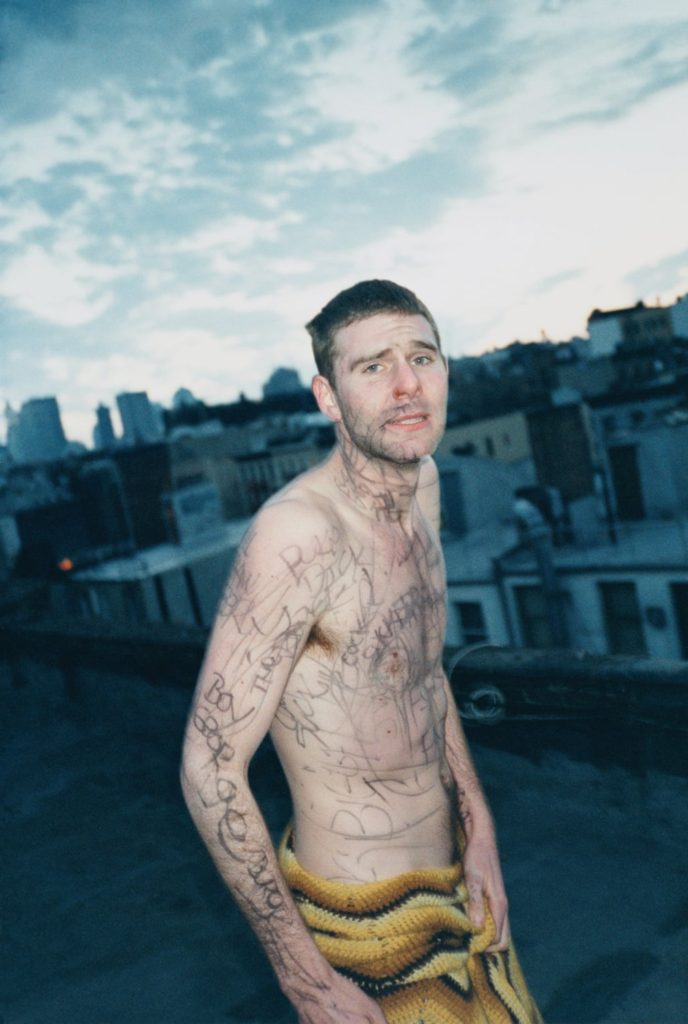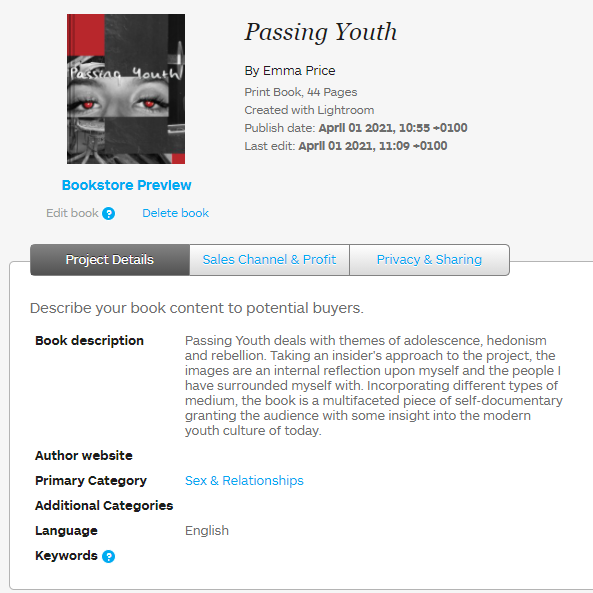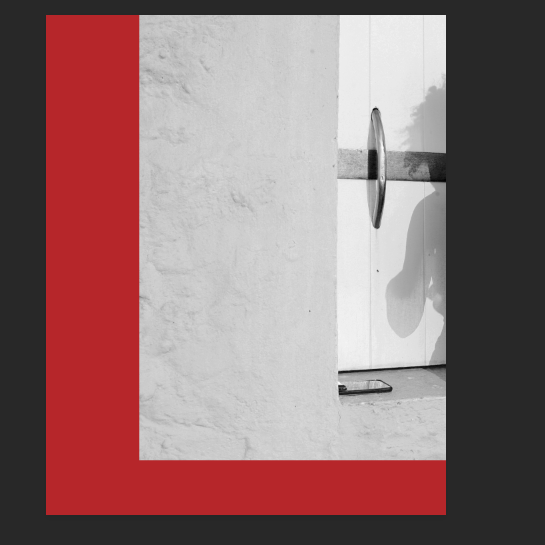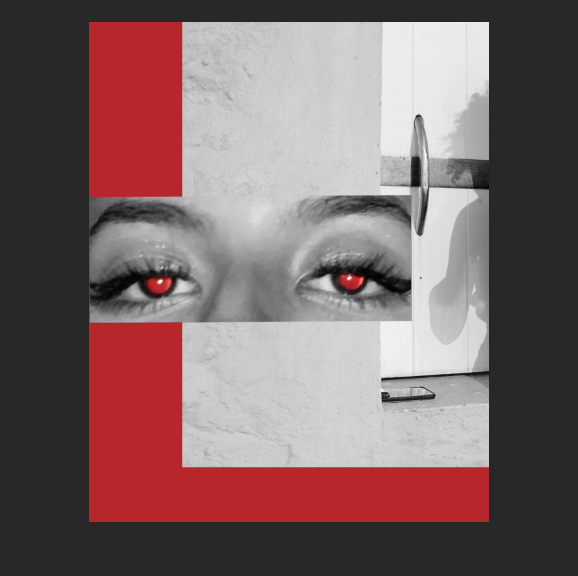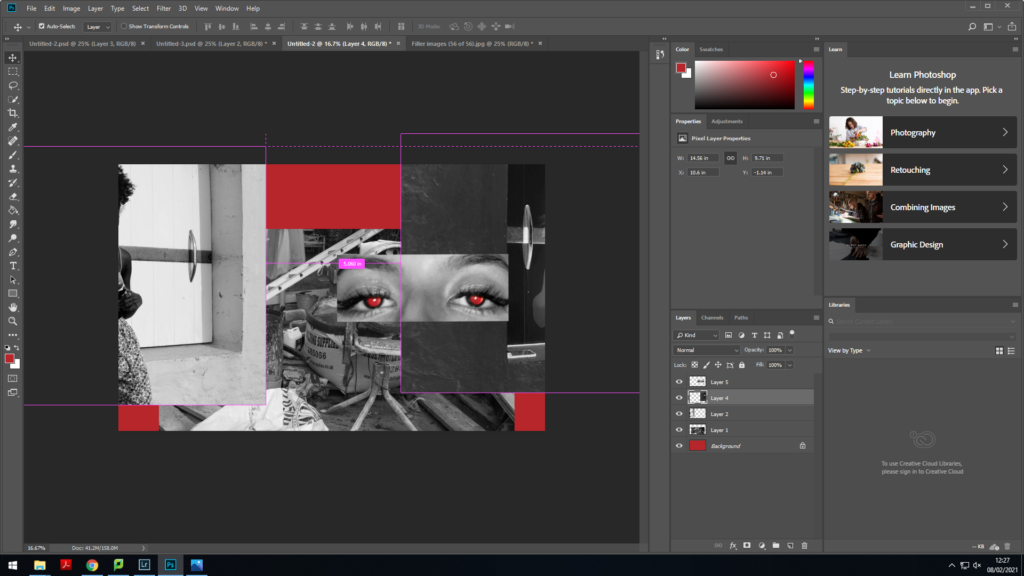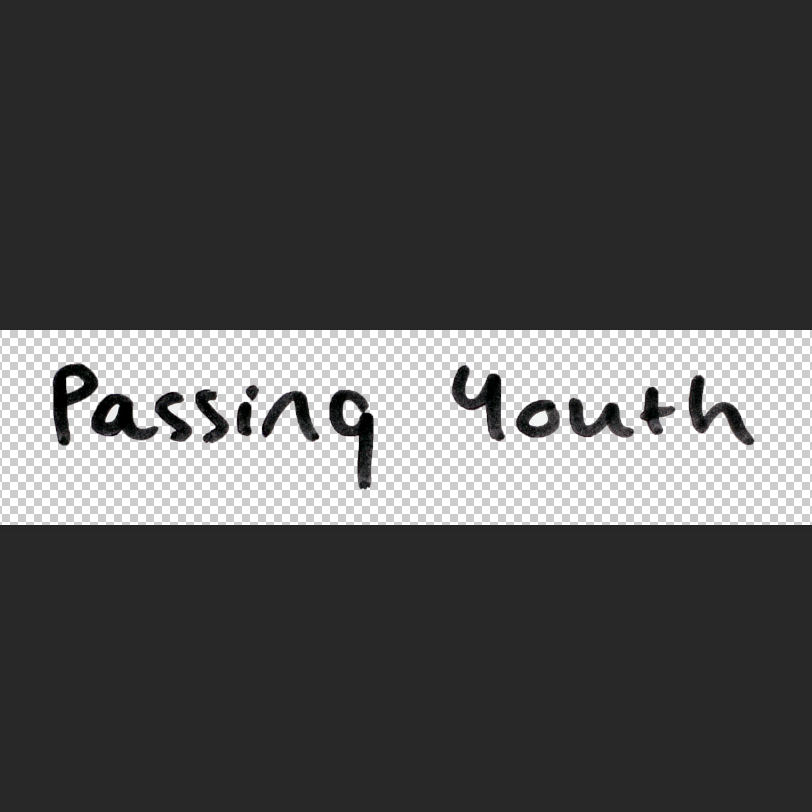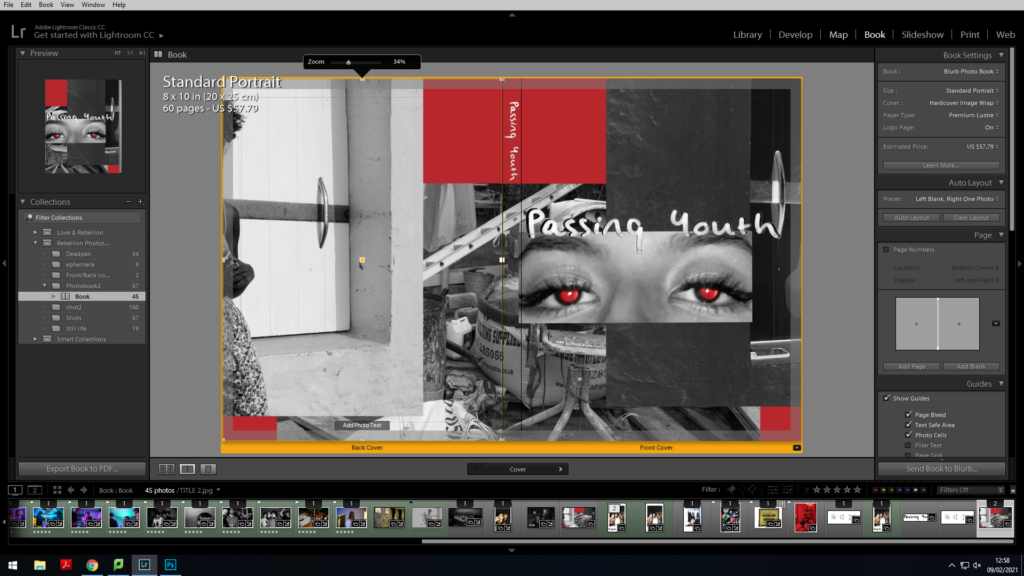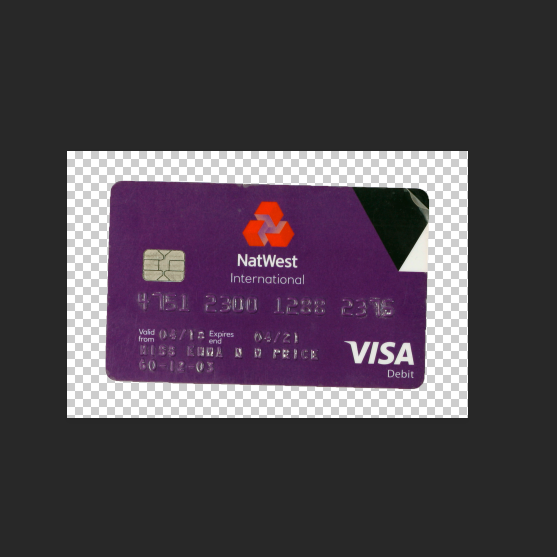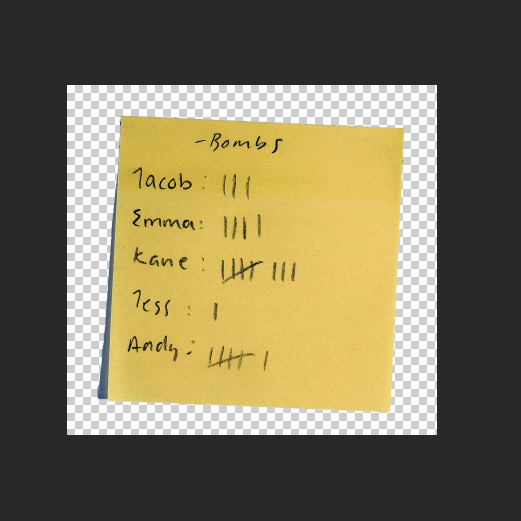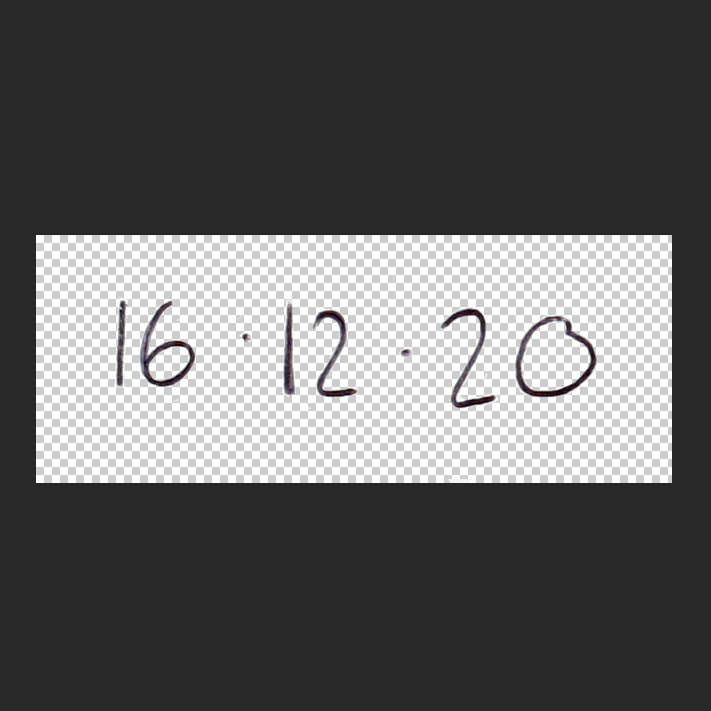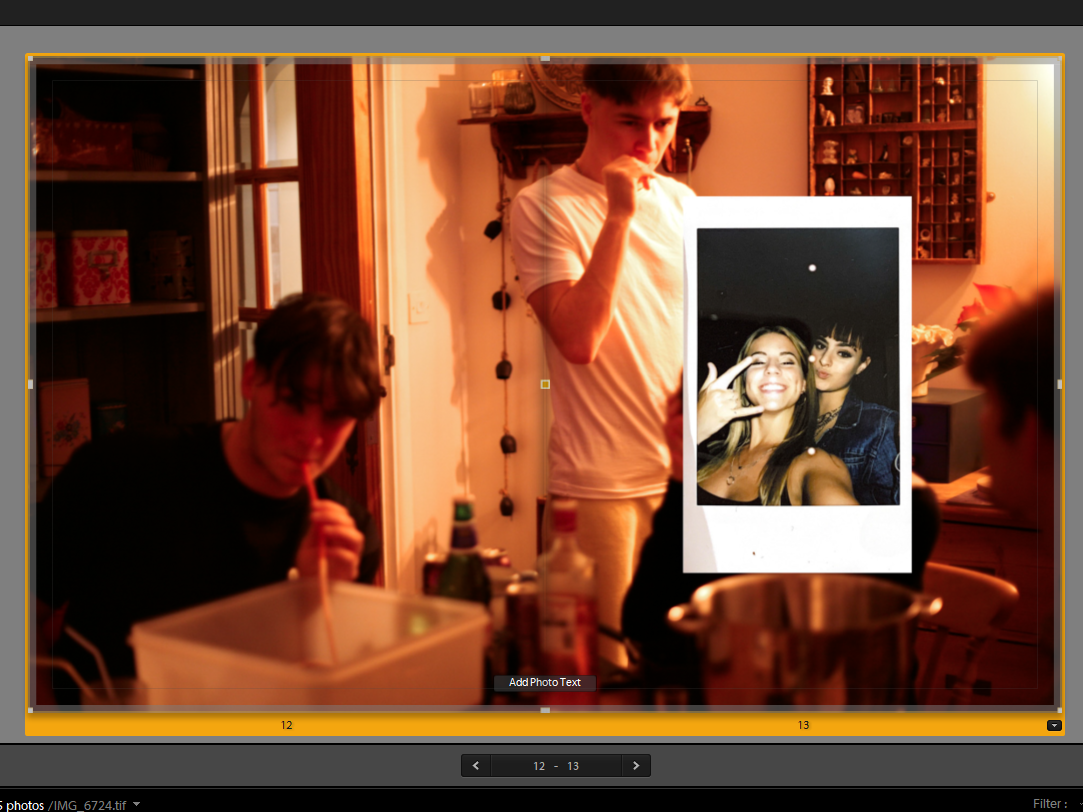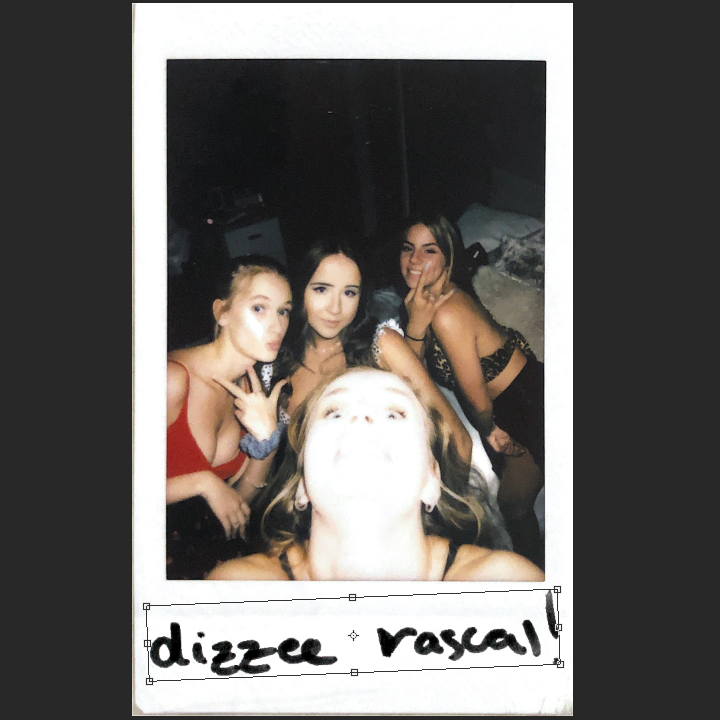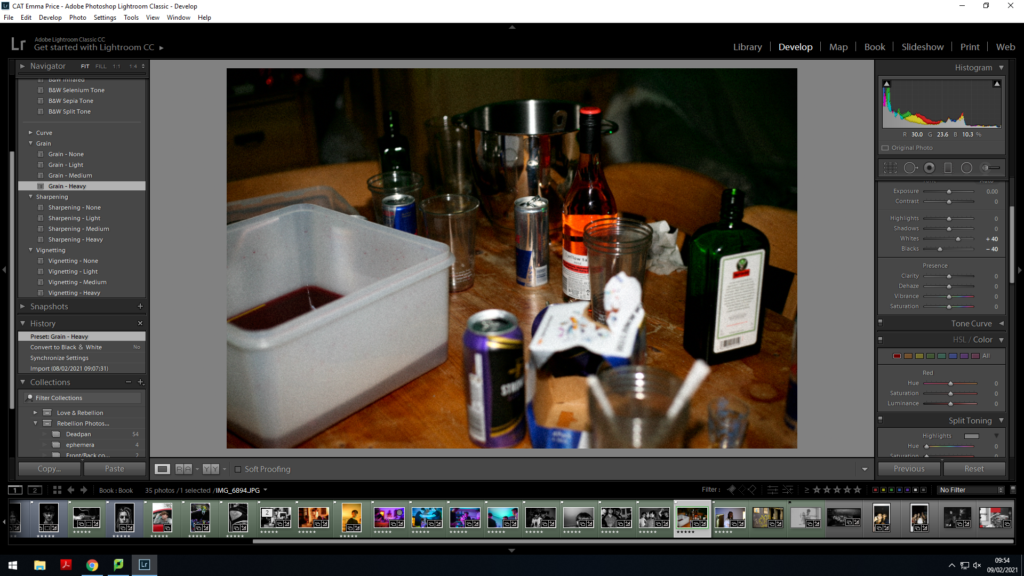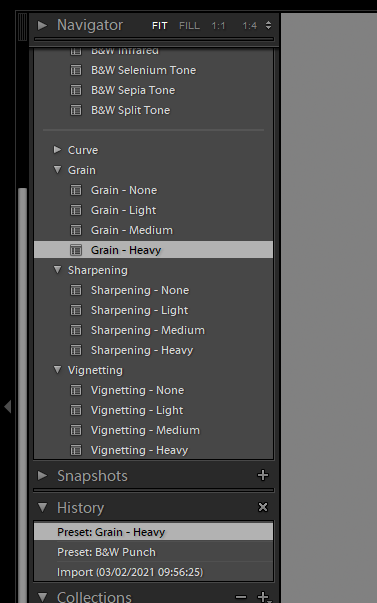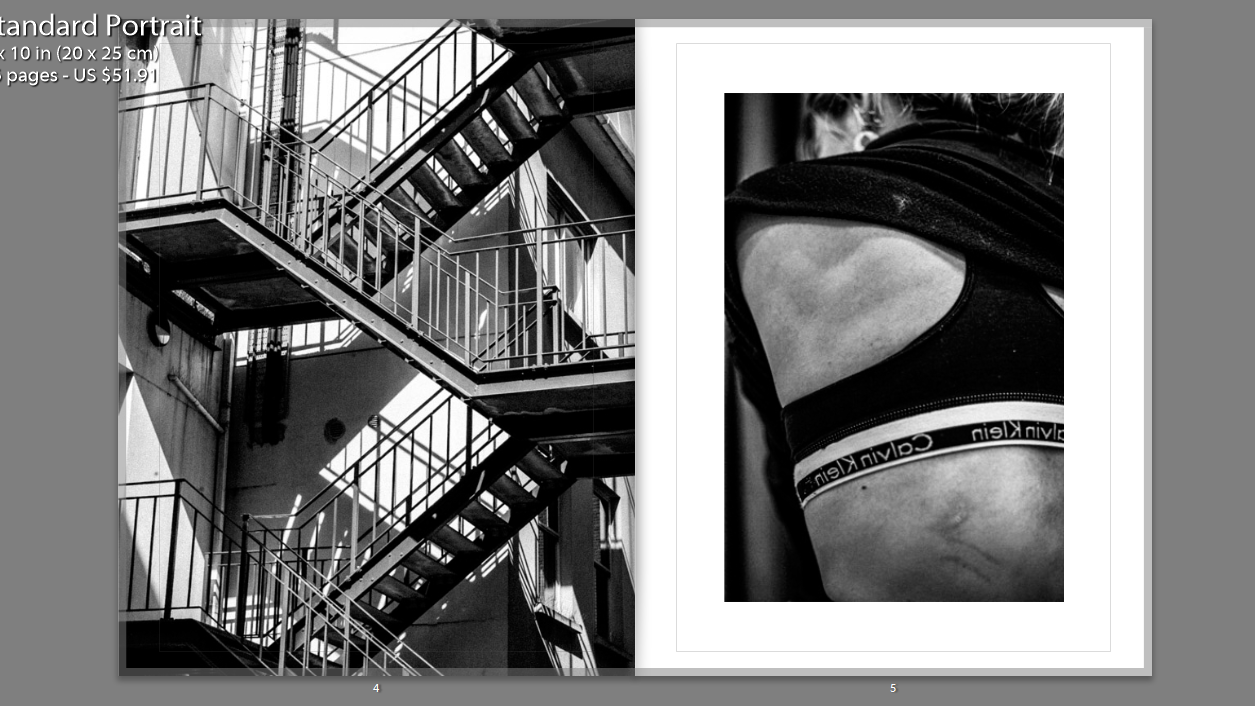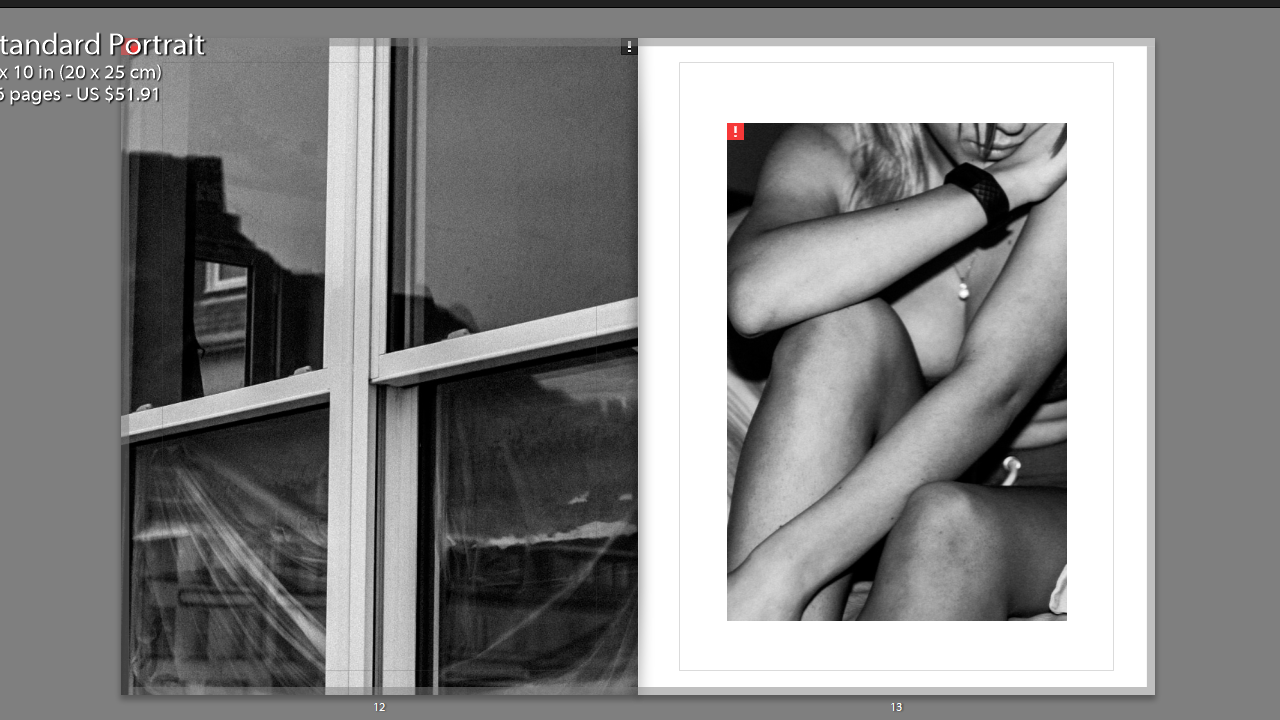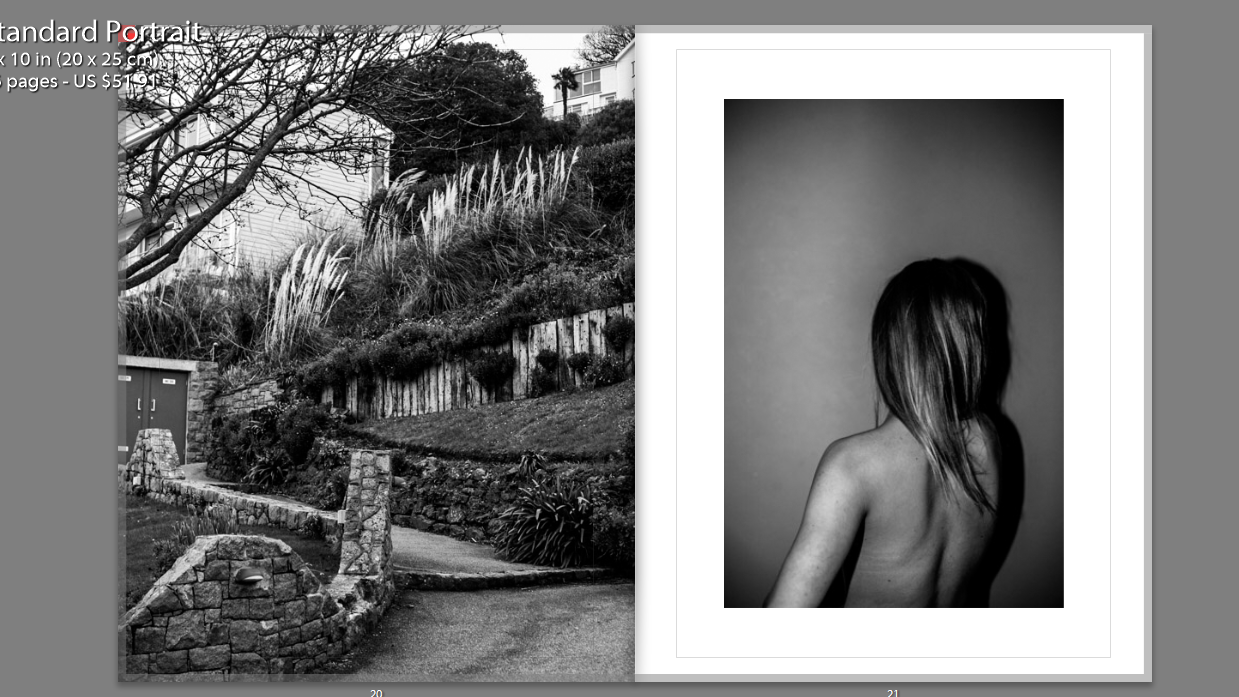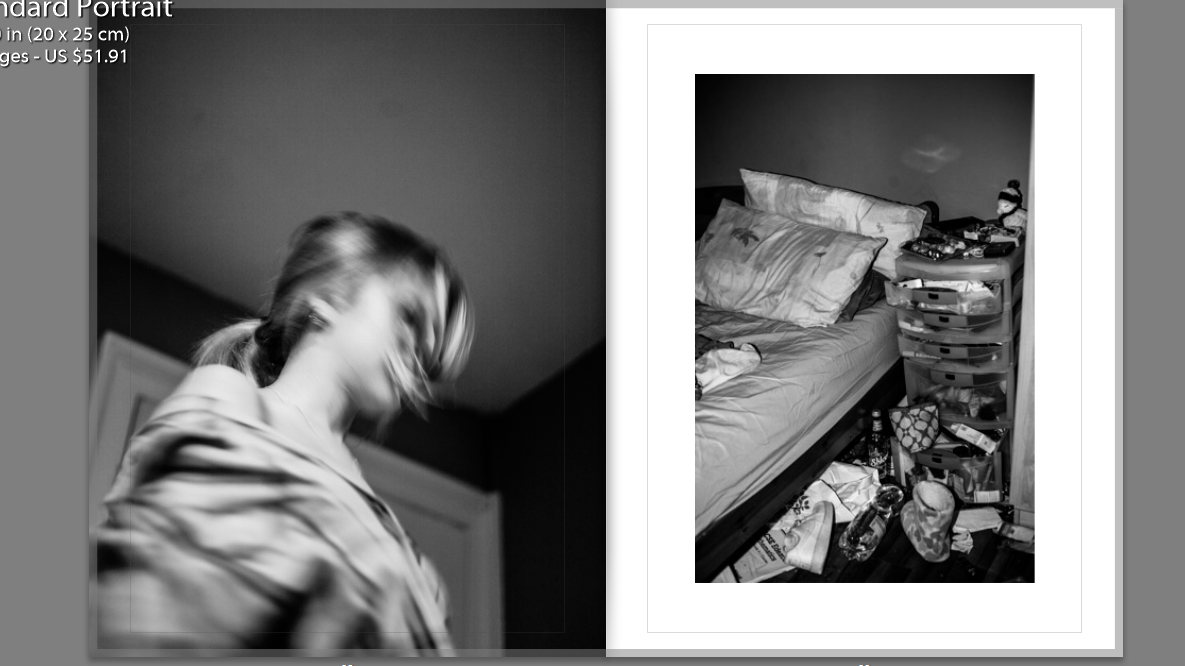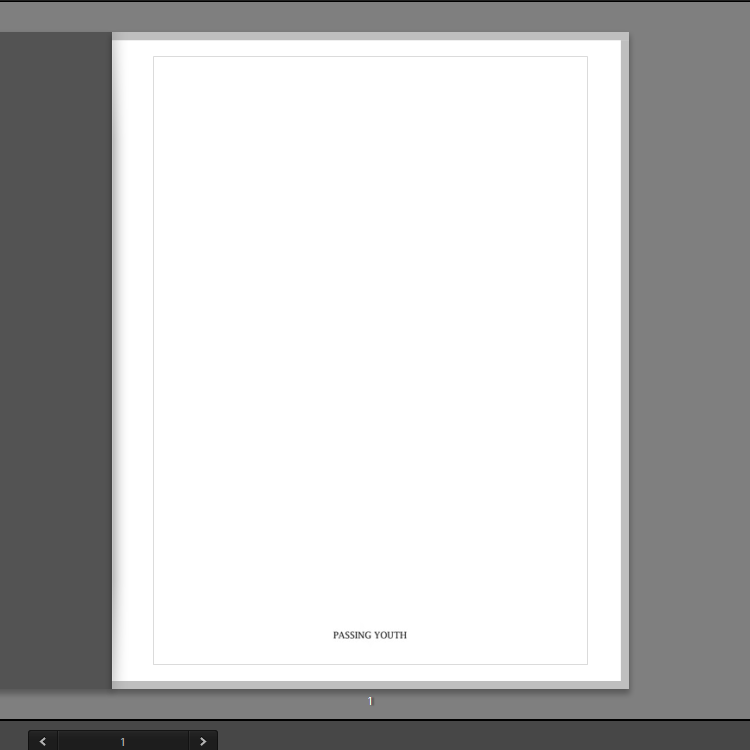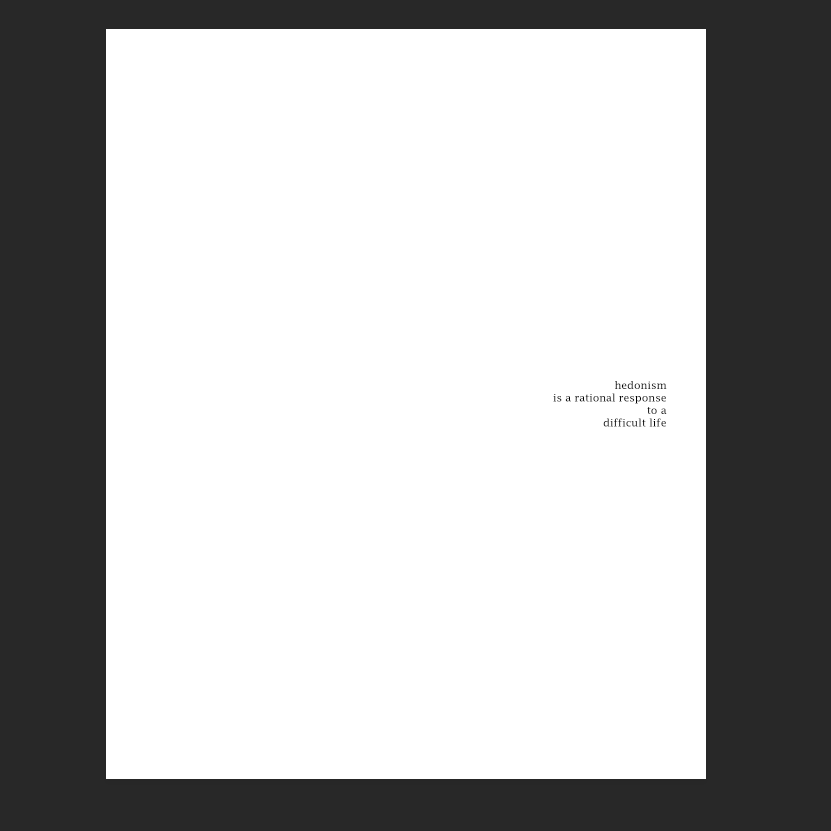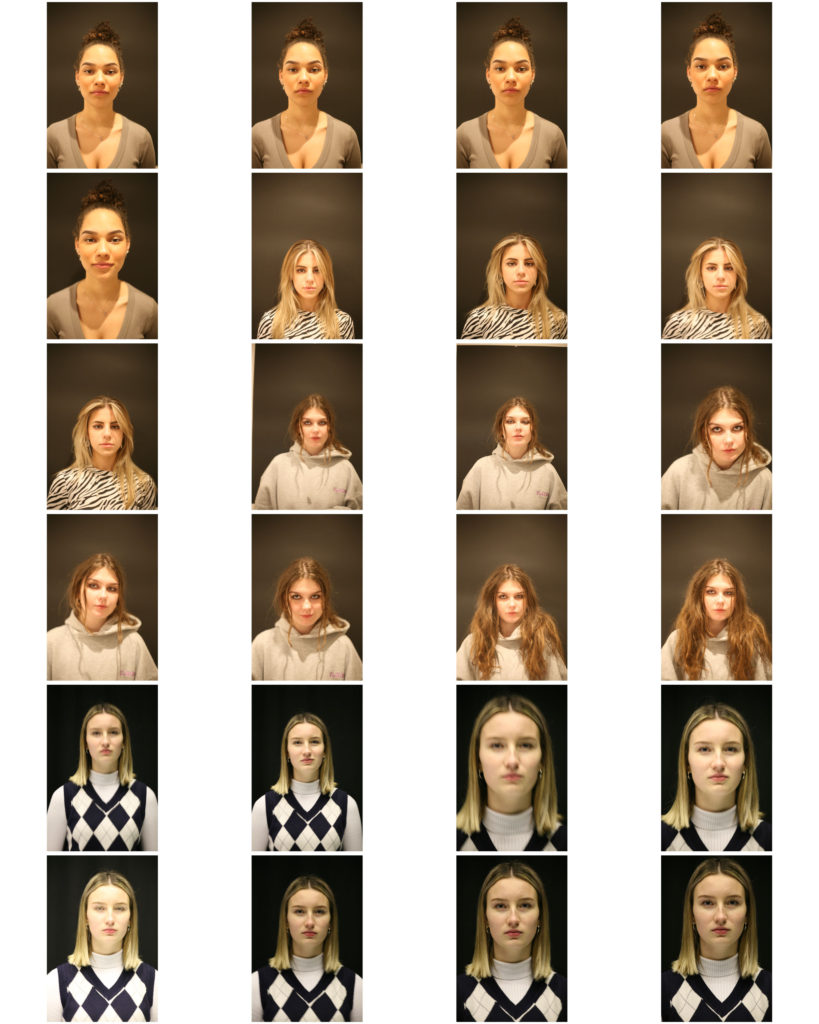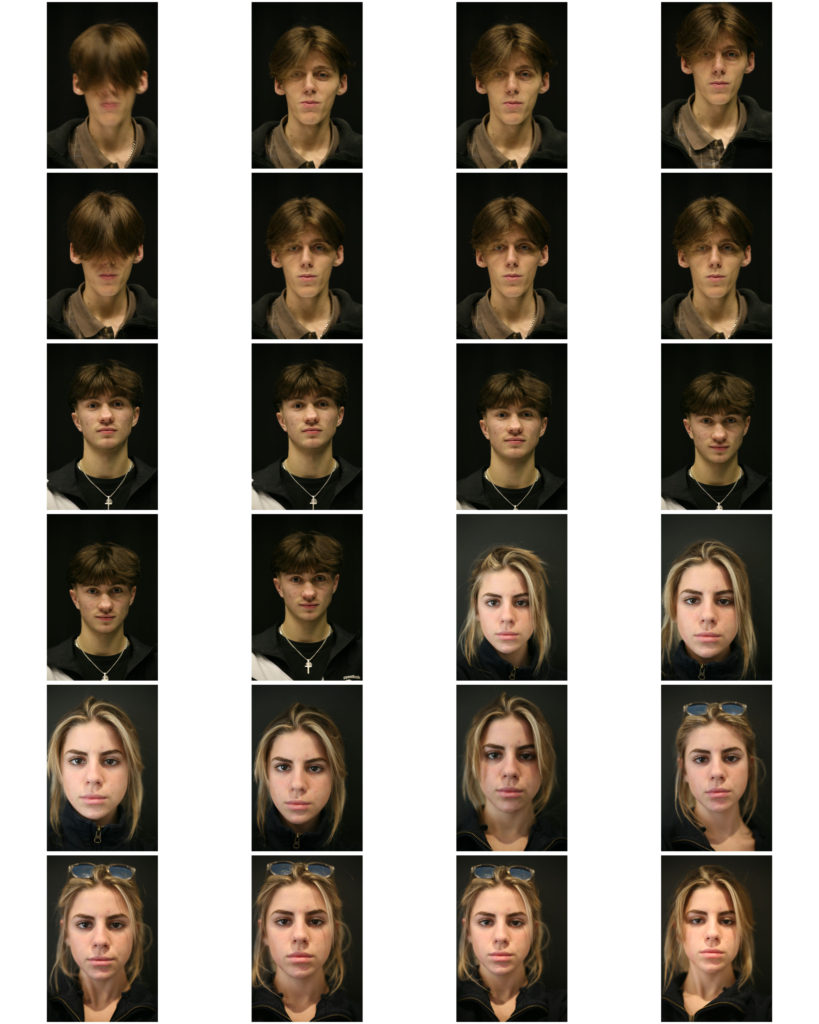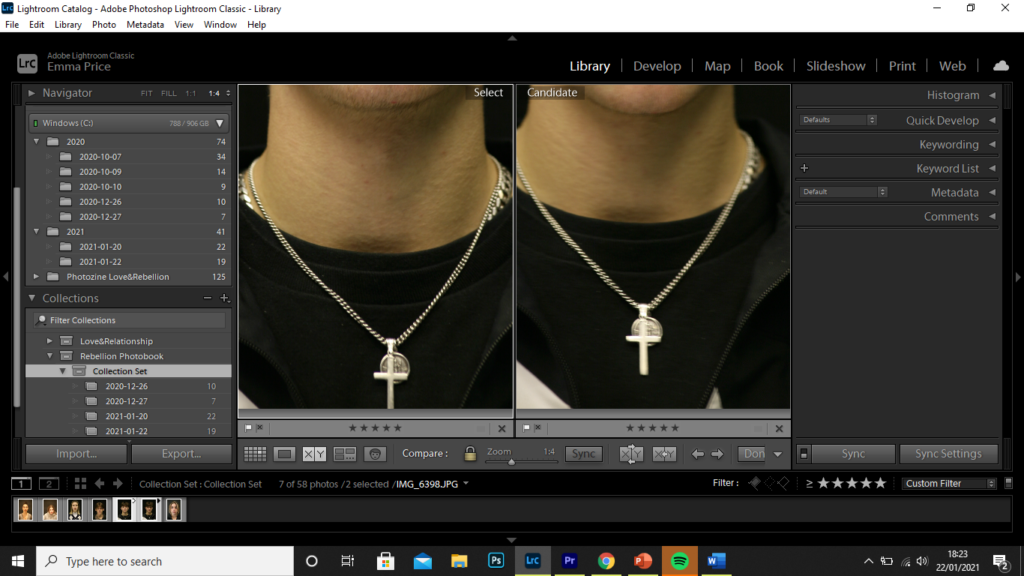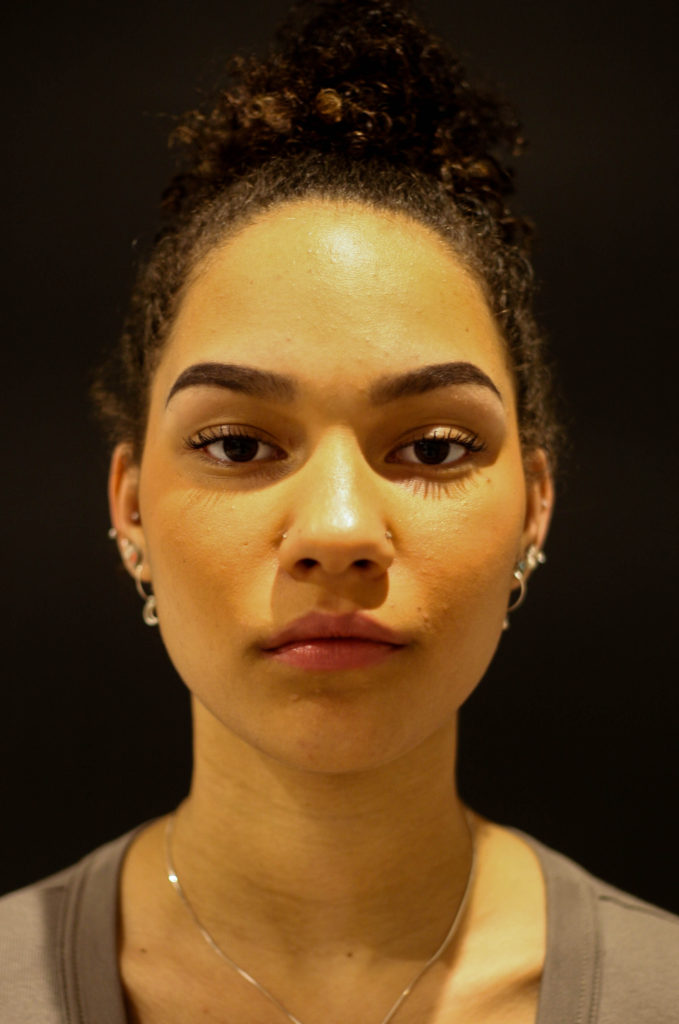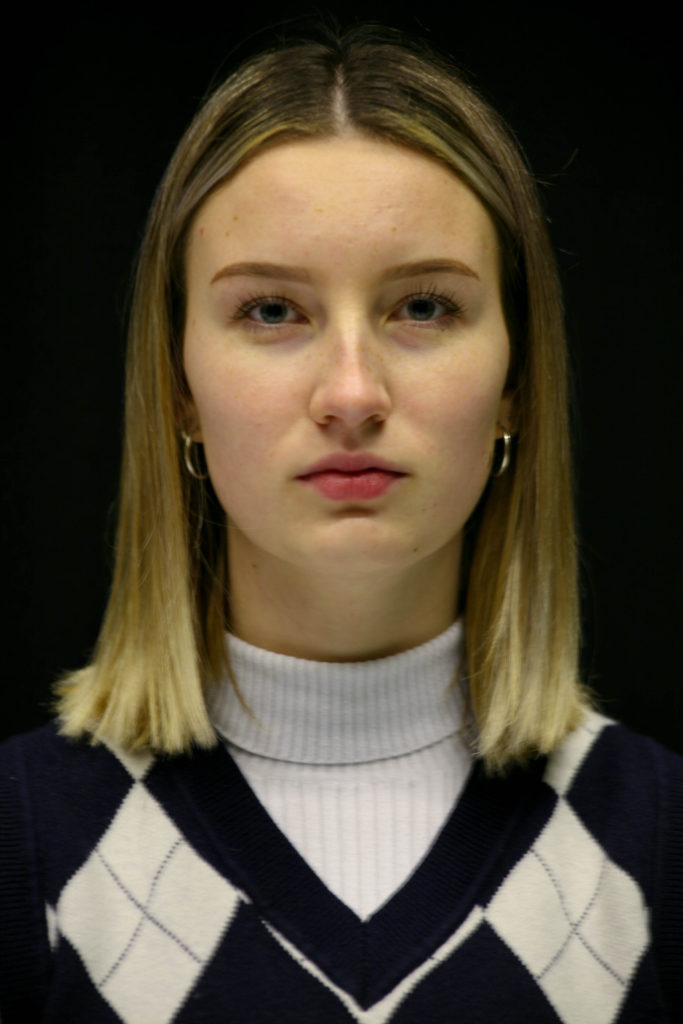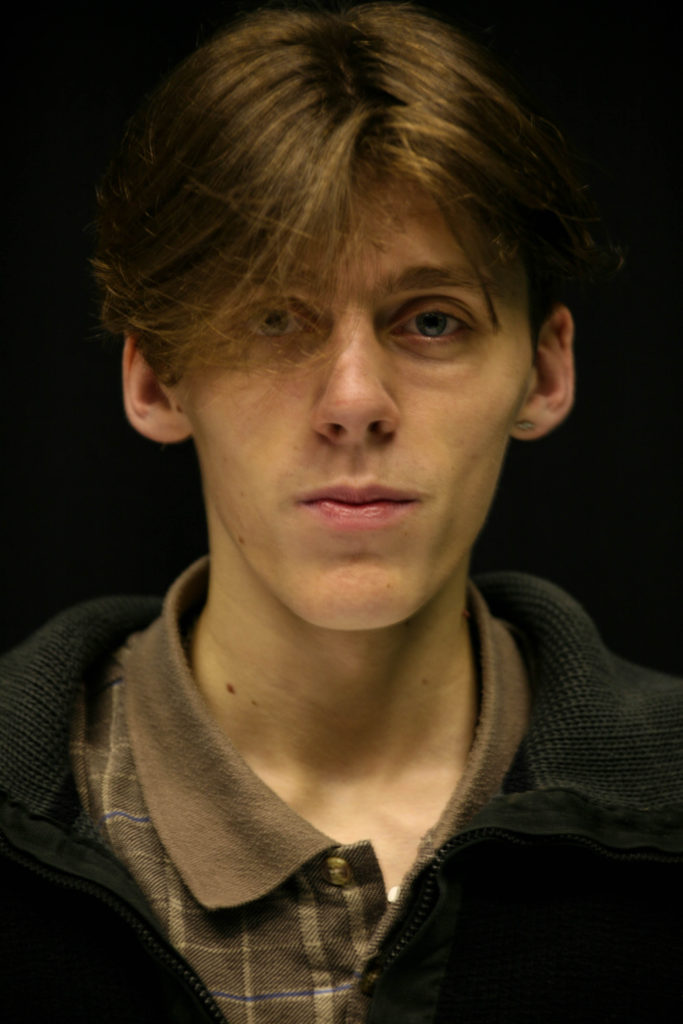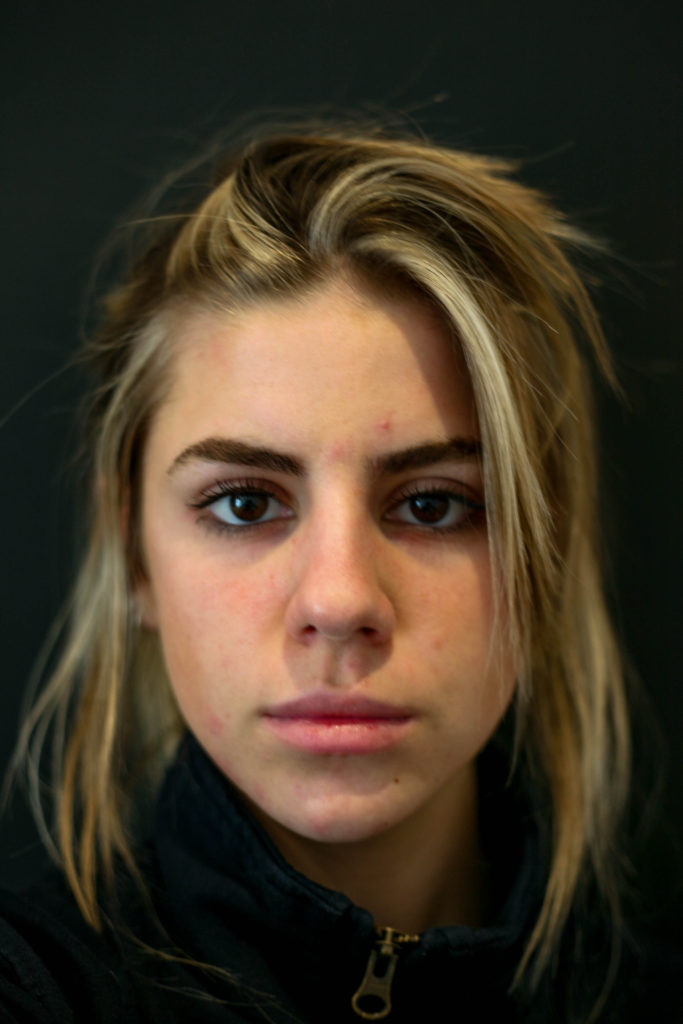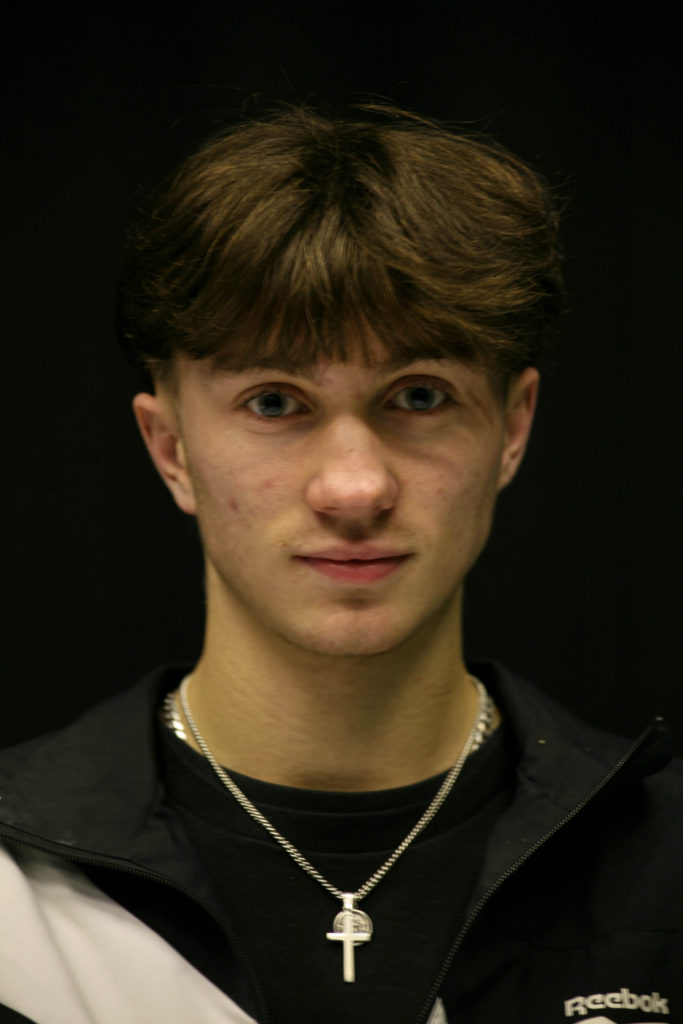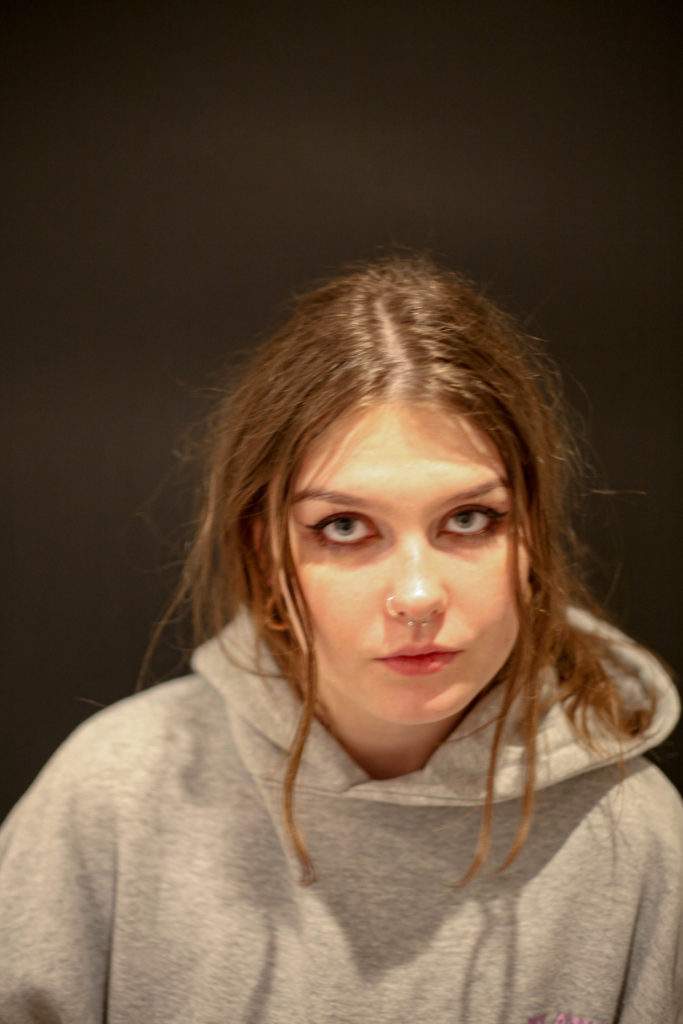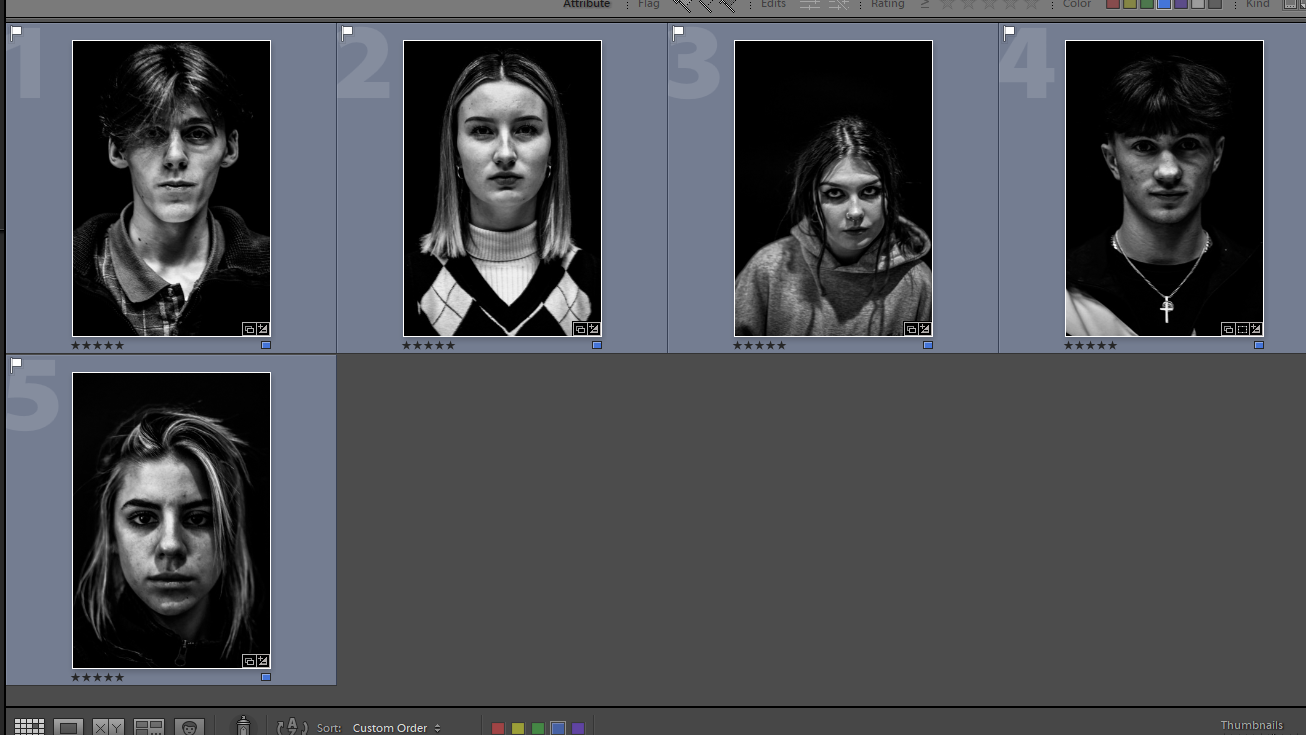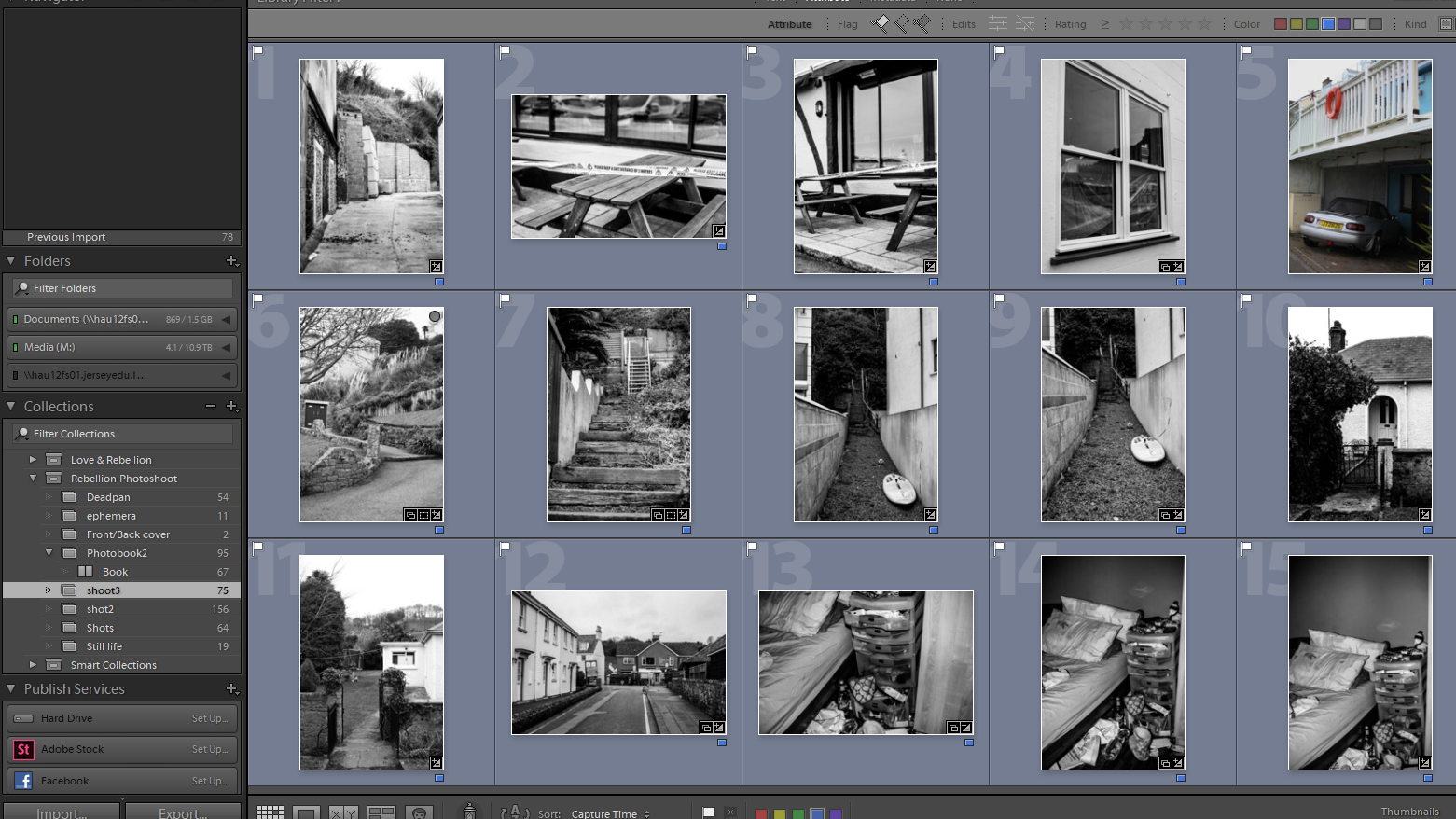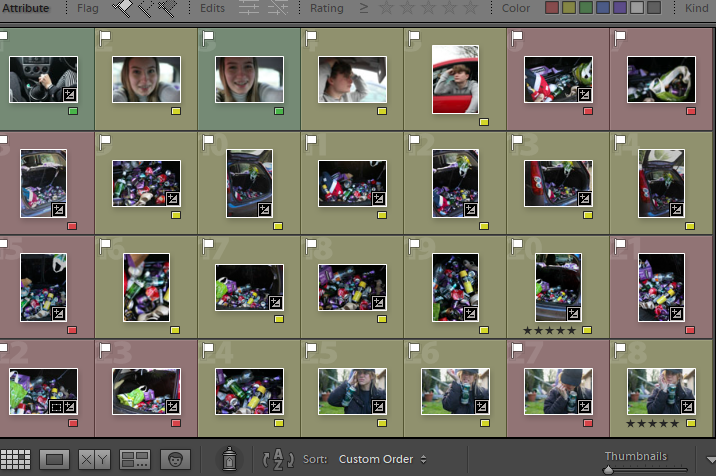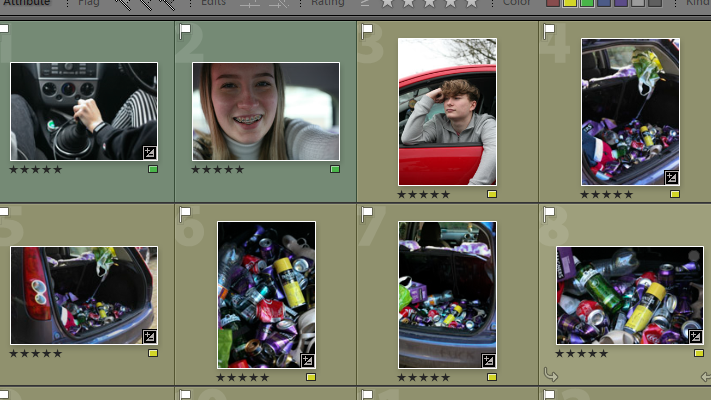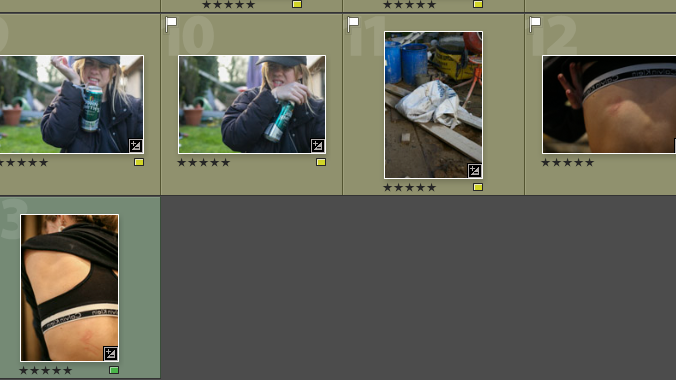Statement of intent
Chosen theme: Transition
For this photobook, I aim to explore gentrification and urban landscapes in response to the stimulus of ‘Transition’. The images are to be taken and presented both objectively and pragmatically, responding to The New Topographic and The New Objectivity movements. I want to explore abstract photography alongside this by including the manipulation of light within my images and, additionally, showcasing my exploration of form, shape, texture, pattern, colour and space. With one of my main inspiration coming from Lewis Baltz, I intend to take a deadpan approach towards some urban landscapes.
In order to take advantage of lighting, I’m going to experiment within urban areas at daybreak, as well as midday, in order to capture the landscapes in both soft (morning) light and harsher (midday) light. Soft lighting will allow me to draw focus on the form and shape of the environment and amplify the contrast within my photos, whereas harsh lighting will enable me to bring a great deal of focus to the colours and textures of certain landscapes and architectural structures. By carrying out photoshoots at dawn, I can also capture larger landscapes without the interference of human life.
The implications of the weather will play a part in my project. Warm lighting from sunny days will bring focus onto the bold colours in the landscapes I’m focusing on. Cooler lighting and tones will come through on overcast days, reducing the focus on colour and allowing me to focus on the banal aesthetic and deadpan approach Lewis Baltz took towards his work.
The theme of transition ties into my project through the depiction of urban environments, how they’ve developed due to human interference and the gentrification or modernisation present throughout them.
Lewis Baltz and The New Topographics

Baltz’s work is hyper-focused on searching for beauty in desolation and destruction, specifically documenting the changing landscape of America in the 70s. Baltz’s images depict the architecture of the human landscape: offices, factories and parking lots are a few examples. There’s a great deal of importance around the contrast and geometry within the pictures, but what stands out is Baltz’s attention to surface texture and lifeless subject matter. His deadpan approach encourages the viewer to consider the environment outside of the frame as well as what Baltz has focused on. The pictures resist any single point of focus, framed to present the scene as a whole and avoiding bringing attention to any particular element within. This, overall, amplifies the objective nature of his work.
His pictures reflect the control and power influenced by and over human beings. His topographic work expose the crisis of technology: aiming to define both objectivity and the role of the artist in photographs.
The 1975 exhibition New Topographics provoked a radical shift away from traditional and romanticised depictions of landscape.
The New Topographic group responded to human impact on the land by casting a somewhat ironic or critical view on what American society has become. Each photographer photographed urban and/or suburban landscapes that were under expansion, gentrification or other changes. In a sense, they were photographing against the tradition of nature photography that the likes of Ansel Adams and Edward Weston had pioneered.
The images of stark industrial landscapes by that of Robert Adams, Lewis Baltz and Bernd and Hilla Becher successfully illustrated a sense of beauty within the ordinary ugliness of functional land use- a banal aesthetic.
Lewis Baltz soon became a central figure in the “Topographic” movement. His investigation on the crisis of technology as a means of human independence, the role of the artist and objectivity contributed to the aesthetic shift that the exhibition began provoking among a young generation of artists during the late 1970’s.
The role of Baltz in my project:
As previously mentioned, I intend to take a deadpan approach to many of the urban landscapes I’ll be photographing. These Baltz-inspired images will be taken at eye-level on a tripod so as to capture the objectivity reflected in much of Baltz’s work. Additionally, the images will focus on shape texture tone, patterns and other formal elements of photography rather than creating a main focal point; in turn amplifying the matter-of-fact approach I want to exhibit.
Gerry Johansson and his Pragmatic approach

Gerry Johannson is a swedish photographer, praised for his urban landscape images presenting an objective view of various geographical locations. Much of his work could be considered topographic and, at times, mirroring the work of Lewis Baltz. His predominant use of black and white images amplifies the objectivity of the photos and, paired with the chronological ordering of his photos, allow the viewer to interpret them individually.
Johannson primarily photographs in places where there is a lack of human life, avoiding social events all together.

Johannson states that the most important aspect of his work is not to create a narrative with his images, but rather to ensure each of his pictures are considered as a single, individual image. This reiterates the pragmatic approach he takes towards his work.
In the interview below, Johannson states he has a great deal of interest in areas with ‘patina’ or, in other words, places that have had time to age. Additionally, he states he focuses on places that show how humans have interfered with their surrounding environment. This connects Johannson to Baltz as the work can be interpreted as a criticism against gentrification or, adversely, as a depiction of the banal aesthetic- the beauty within the ordinary ugliness of urban environments.
The role of Johannson in my project:
In comparison to Lewis Baltz, Johannson’s approach to his images are less ‘deadpan’; the areas he photographs have a great deal of depth. A focus on repetition and patterns, as well as lines and form, create striking images with a sense of beauty that would normally be overlooked by the typical passerby.
In order to capture the boredom, repetition and inertia of urban landscapes in a new light, I aim to take inspiration from Johannson (alongside Baltz) by prioritising the composition of the picture rather than the conceptual meaning behind it. Not only does this carry forward the theme of objectivity; It allows me to break the paradigm of ‘landscape photography’ by showcasing the attractiveness in cityscapes and gentrified areas that would normally be associated with nature.
Irina Souiki and her use of Colour
Taking a more abstract approach to photography, Souiki captures the unexpected beauty in abandoned buildings. Peeled wallpaper, abandoned furniture and layers of dust or rust depict the essence of what’s referred to as ‘urban decay photography’. Her work is more conceptual, creating thought-provoking pictures that inspire those who view it to consider the past lives of the places and objects she’s photographed. She successfully captures the impact of decay on a room or place’s atmosphere.

Despite the reoccurring ‘memento mori‘ theme throughout her work, her images include bursts of colour that radiate a sense of beauty in the area being photographed.
What Souiki’s photographs is determined by the colourful and unique details of her surrounding environment. She picks out these elements which are often overseen. Her focus on abandoned places is rooted in their transient nature- their decaying beauty is momentary, mercurial and bound to disappear. This type of photography presents a sense of urgency- to take in the beauty surrounding her in the moment before it degenerates further.

The role of Souiki in my project:
For some images, the composition is greatly improved with the usage of colour. The choice of colour in architecture has a remarkable effect on the way a building is perceived by those that view it, walk by it or occupy it. In most cases, architects appear to view colour as a distraction, preferring to focus on form and structure. However, when colour is included, it can impact the viewer emotionally or even physiologically; additionally drawing focus to different areas of a composition in a way that a monochrome image struggles to achieve.
In response to this, I may experiment with both monochrome and colour images. The main conflict with this is that colour takes away from the objectivity of the place being photographed. However, if captured successfully, colour can accentuate the form and shapes within a structure. Additionally, Souiki takes a more abstract and conceptual approach to her work, one which I may explore further for my project.

